A Guide to Medical Elective Program in Sri Lanka and My Experience
清晨7:13
This is an article about my one month clinical rotation experience in Obstetrics and Gynecology(OBGYN) at Colombo South teaching hospital. Read along if you’re also looking for elective programs in Sri Lanka or you’re just curious about the hospital or my life here as a medical student. For those looking for travel information, hopefully I’ll write another article about it sometime in the future.
Colombo South Teaching Hospital
Colombo South Teaching Hospital is the second largest hospital in the Sri Lanka, which has over 1000 beds and maintains a patient population of well over 2,000. Now let’s take a look inside the hospital.
Ward
I’m not sure if there are special VIP wards, but this was what I saw. As you can tell, it’s not the best environment possible, but it remains, generally speaking, tidy and organized.
I mainly stayed in the gynecology ward, which is ward 23 in Colombo south teaching hospital.
As you probably have guessed, the medical records here are hand-written instead of being electronic.
The nurses are very nice and will assist you in every way possible.
The consultant’s office and student’s room are down the hall from the ward. You can put your stuffs in the student’s room and some students also study and hang out there.
Clinic
This is what the clinic looks like. Actually it’s usually a lot more crowded than this. It is quite empty because it’s lunch break at the moment the photo was taken.
Operation Room
I remember I was so confused when the Sri Lankan students were giving me an orientation because they told me “theatres are on Tuesdays and Fridays”. I was like, “Am I being asked out already?” As it turns out, here they actually call OR rooms as “theatres”.
Although the OR isn’t fancy, it’s got everything, at least from a laparoscopic operation’s standpoint. And I’ve heard from the consultant that Colombo South Teaching Hospital is one of the center for laparoscopy in Sri Lanka.
Canteen and Cafeteria
There are also small food stalls in the hospital. I love the milk here! It’s really refreshing in such hot weather. They also have ice cream for sale!!
I didn’t know that mess can actually mean or canteen or cafeteria before! So this is where the faculty comes for lunch.
The food in Sri Lanka is very cheap and eating at the cafeteria is certainly the way to go if you don’t have time to go out and want to save some money.
Most Sri Lankans eat with their hands, and doctors are no exception. Of course you can bring your own utensils, they won’t be offended. It’s just a habit and custom.
Library
There’s a library on the 7th floor, if my memory serves me right. The nice thing about it is that there is AC inside, and trust me, sometimes that’s all you need to stay focused in Sri Lanka.
Learning Opportunities
Rounds
Rounds are very interesting and exciting, as it’s the time when the consultant(or VS, attending doctor) goes to the bedside to review the patient’s condition and also teaches students.
We were to totally shocked the first time going on rounds in Sri Lanka, as it is almost always this crowded, and that is something we don’t see everyday in Taiwan. Also, the Sri Lankan students respect the teacher a lot and at the same time you can feel that they are well prepared and eager to stand out.
The consultant will ask students question regarding basic medicine, clinical reasoning, management, guidelines, etc. (what we med students sometimes refer to as “pimping”). As a foreign student, you will get the attention for sure. Don’t feel the pressure though, just give your best shot and be positive. The teachers are very nice and it’s just fun for them to tease you and get to know you and your country.
I would strongly advise trying to get in front of the teacher because as you could probably tell, you won’t be able to see a thing when the doctor is doing physical examinations, and also you hear less clearly at the back.
Although there are no specific topic planned, the consultant usually give a very in-depth bedside teaching about each topic. I remember one time we were discussing about the gestational diabetes and the doctor would just stand by the patient and lecture us about 20 minutes in great detail. The other time we were taught about physical examination and pelvic examination. The consultant would start from explaining why it is done, to every step of the exam, and going from bed to bed to demonstrate how it should be done. In Taiwan, the doctors often don’t have the time and patience to educate students in such comprehensive fashion, and that’s indeed an eye-opener for me.
Lectures
There are lectures from time to time, some may be given by the consultants, while others by the residents. It could be very spontaneous, but most of the time it is scheduled. We aren’t given a schedule by the hospital, but the Sri Lankan medical students are very nice and always kept us updated.
Even though I’m not on medicine rotation, I can still go to all the lectures and round with the team. People here are really nice so seize all the learning opportunities you’ve got.
This was a lecture given by one of the residents in cardiology, and yet all the students respect the resident very much and he showed really great extent of knowledge and humor too. Even though it’s not a great “classroom”, the lecture was better than most of the ones I’ve attended in Taiwan. I guess it’s fair to say that sometimes what matters more is the people rather than the fancy classrooms and technology.
Lectures given by the attending doctors are more formal, and students have to all stand up and salute to the doctor, which is just like what we used to do in elementary school and high school in Taiwan.
Before the lecture, they put up questions on the board and discuss each case and question during the lecture. I think case-based discussion and open questions are way better for learning than multiple choices.
It actually surprised all of us how well-prepared and competent the medical students here are. Although they might not have to most advanced technology or equipments here, they are indeed very up-to-date about all the evidence-based practice and treatment options. It’s like they’ve memorized the whole textbook and guidelines by heart.
Life outside of the hospital in Colombo
Where we stayed
I came to Sri Lanka with three of my classmates and they were close friends of mine, so we managed to rent an entire house for a month on Airbnb together. It wasn’t super cheap for a Sri Lankan standard, but it was affordable and possibly the best option around the hospital. We ended up paying around 860USD for 24 nights, shared among the four of us.
This is the place we stayed in. It was about 5–10 minutes by walk to the hospital and had AC, kitchen, laundry, a spacious living room and balcony. The place was pretty cozy and the host Harshini was very nice! She hosted a lot of medical students and is very helpful. The only downside is that you have to keep buying data for the internet once the free 5GB is used up.
It’s also not far from city center. It takes about 20–30 minutes to get to Colombo Fort and best of all, it only cost about 400–500LKR(2.5-3USD)
What we ate
Almost everyday, literally, we would go to the P&S across from the hospital for lunch.
These are called “short eats”. They are so delicious and cheap, and we just couldn’t help eating one after another. Each one cost around 50 LKR(30 cents). But don’t underestimate them. Two is usually enough and three is very filling.
As for dinner, we would get some street food from the food stall near the gym. Kottu, macaroni, and egg hopper are our favorites.
You wouldn’t believe how cheap the food is. Guess how much it cost for a BIG box of kottu that is good for two people? It’s 130LKR(80 cents)! And the best of all, it’s very delicious, so good that we almost always have it after hitting the gym.
Gym
Unfortunately the hospital does not have a gym, so we went to a gym about 5–10 minutes walk from the hospital. They charge 3000 LKR(about 20 USD) for a month and I believe 3600 for a year(couldn’t really remember). It was not fancy, but enough for a basic workout.
International Students Gatherings
There were medical students from the States, Australia, and Malaysia doing their rotations here as well. We went out to have dinner and chilled out in the city several times. Such a wonderful group of people!
Bookstore
It’s worth mentioning that some of the books here are actually cheaper than what you would have bought it for in the States. I bought the Oxford Handbook of Clinical Medicine for half price!
Traveling in Sri Lanka
Traveling in Sri Lanka is so much fun! It’s such a diverse country and offers all kinds of experience with lovely people.
How to apply
Colombo south teaching hospital serves as the teaching hospital of the Faculty of Medical Sciences, University of Sri Jayewardenepura, so you actually have to contact the university to get enrolled. Also, before going to the hospital, you have to report to the university first and sign some documents.
HEADS UP : The elective program director is very serious about appropriate clothing, even in the university. Make sure you wear formal or semi-formal clothes to her office.
While some university and hospital charge extremely high fees for electives, the program at Colombo south teaching hospital is really reasonably priced. For a 4 week elective program, the fee is 200 USD, and 350USD for 4–8 weeks.
The application process is also very easy and fast. I applied three months before the rotation, and it took about 2 days from the time I sent out the application form to getting an official acceptance letter. At first I was the only one going, and then my friends learned about this program during random conversations 1 month before the rotation. They still managed to get accepted to their desired specialty. A lot of programs requires you to send applications one year earlier and most of them don’t accept student’s application within a month or two, so it’s definitely a plus.
They’ve actually just renewed their official web page for the elective program and now all the information is written out, including a 40-page student’s guide. There are even photo gallery, student reviews and tips on exploring Sri Lanka on the website. Absolutely amazing! I wish we had those before, would have saved us a lot of time figuring things out on our own!
Bottom line
You can indeed learn a lot in medicine and meet amazing students from Sri Lanka and other countries in the world. Moreover, you will have loads of fun exploring Sri Lanka. Adding on the fact that it doesn’t cost much if not nothing at all, it makes for the perfect destination for a medical elective program. I hope everyone have a great experience in Sri Lanka just like I did. Wish you all the best!
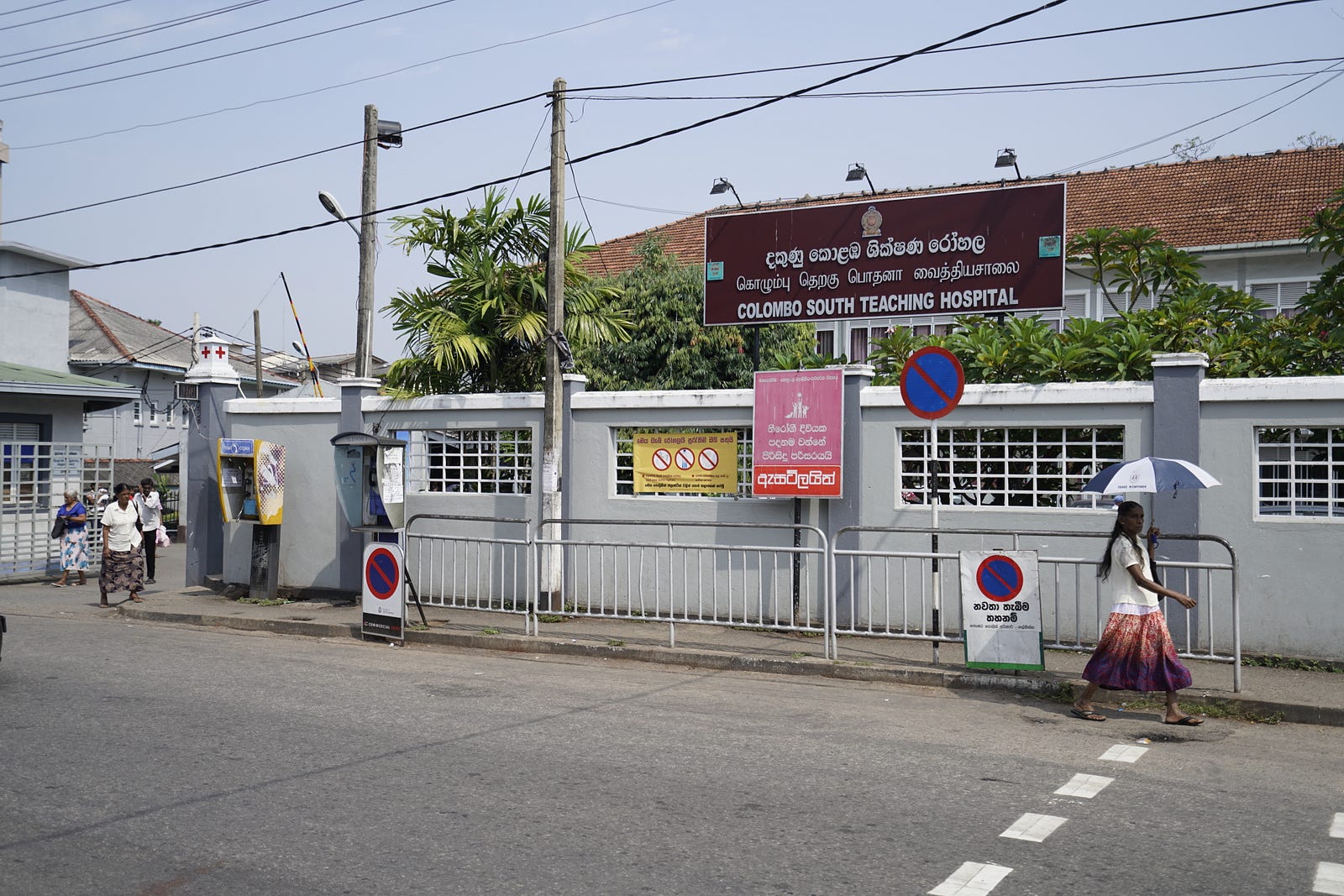

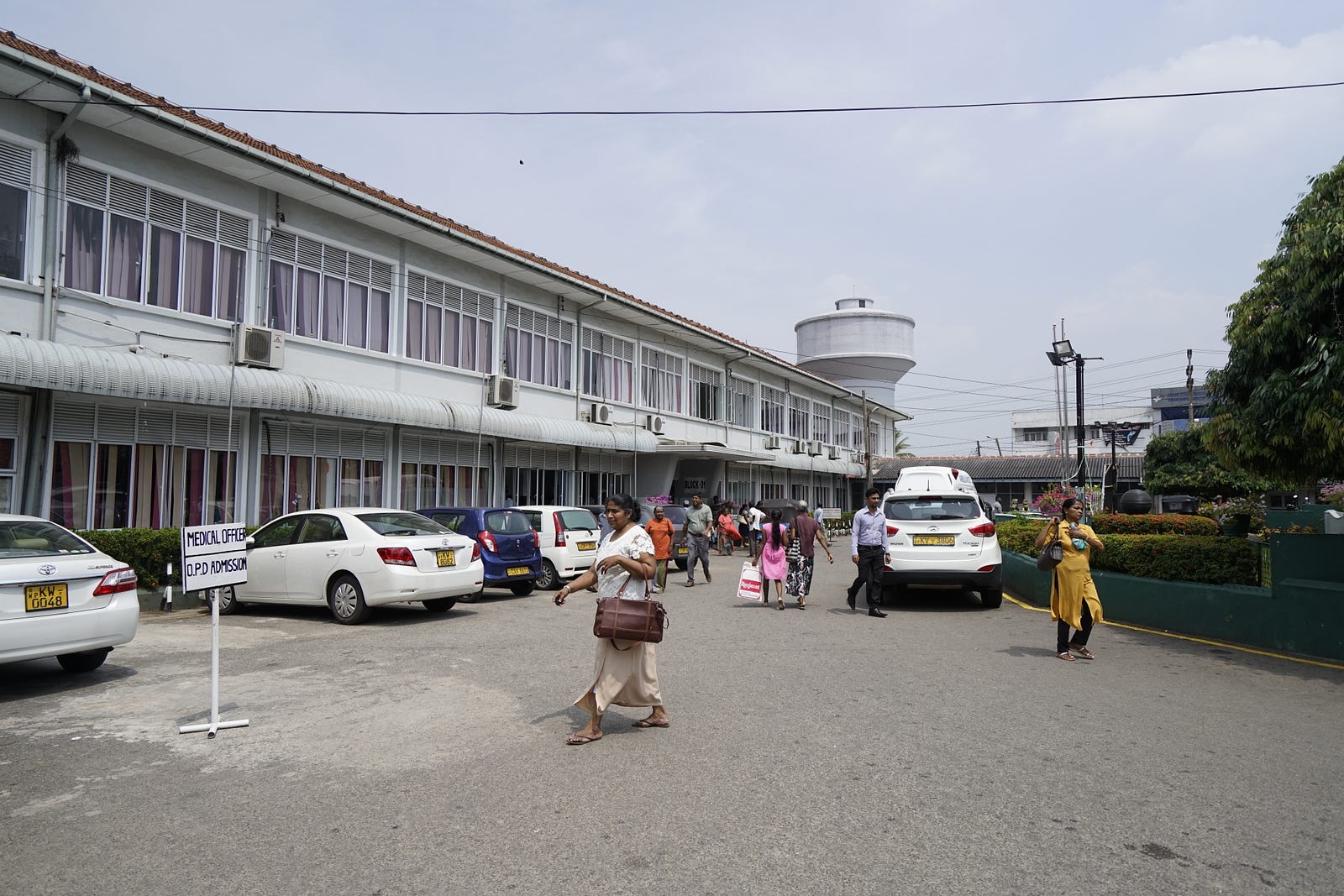
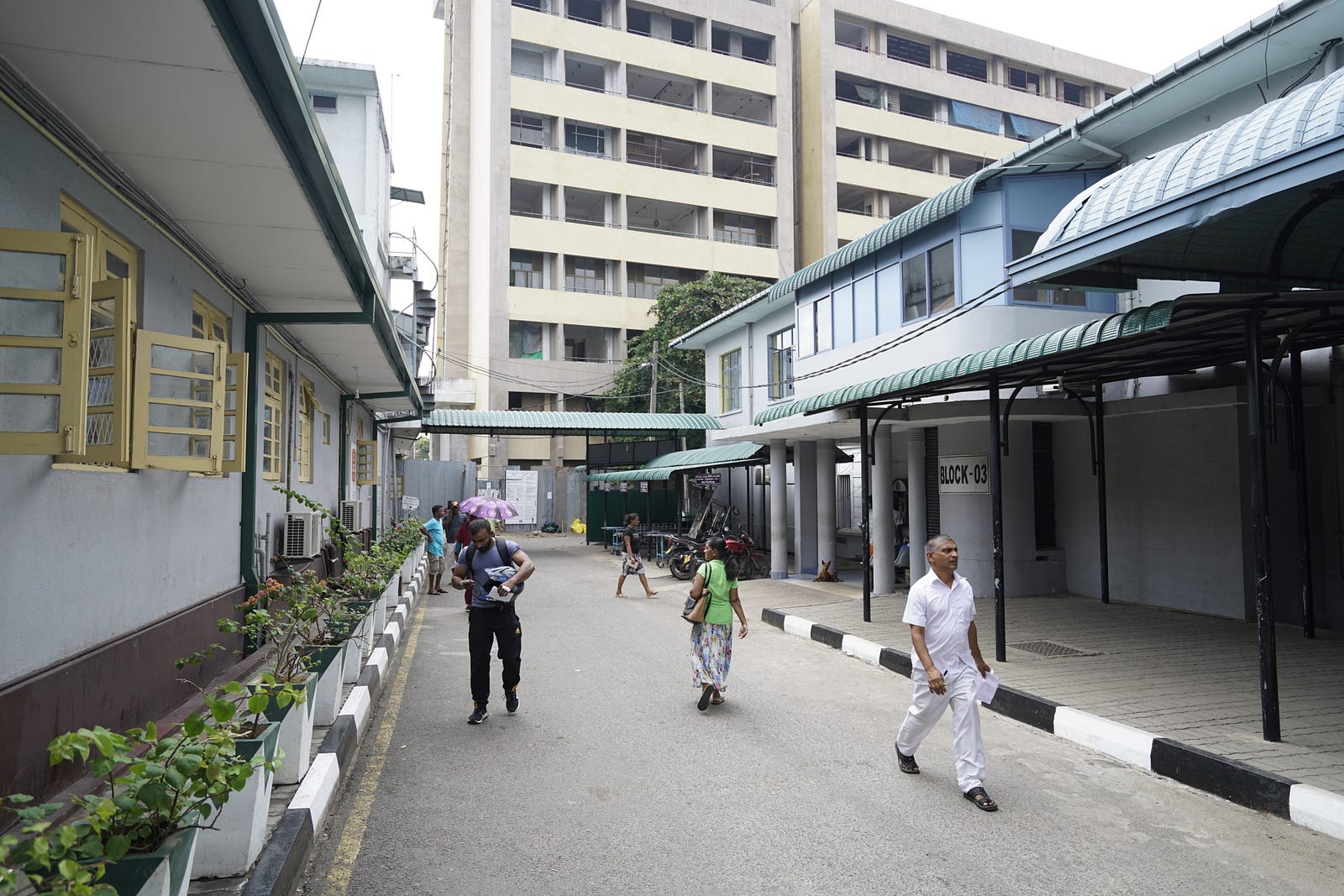
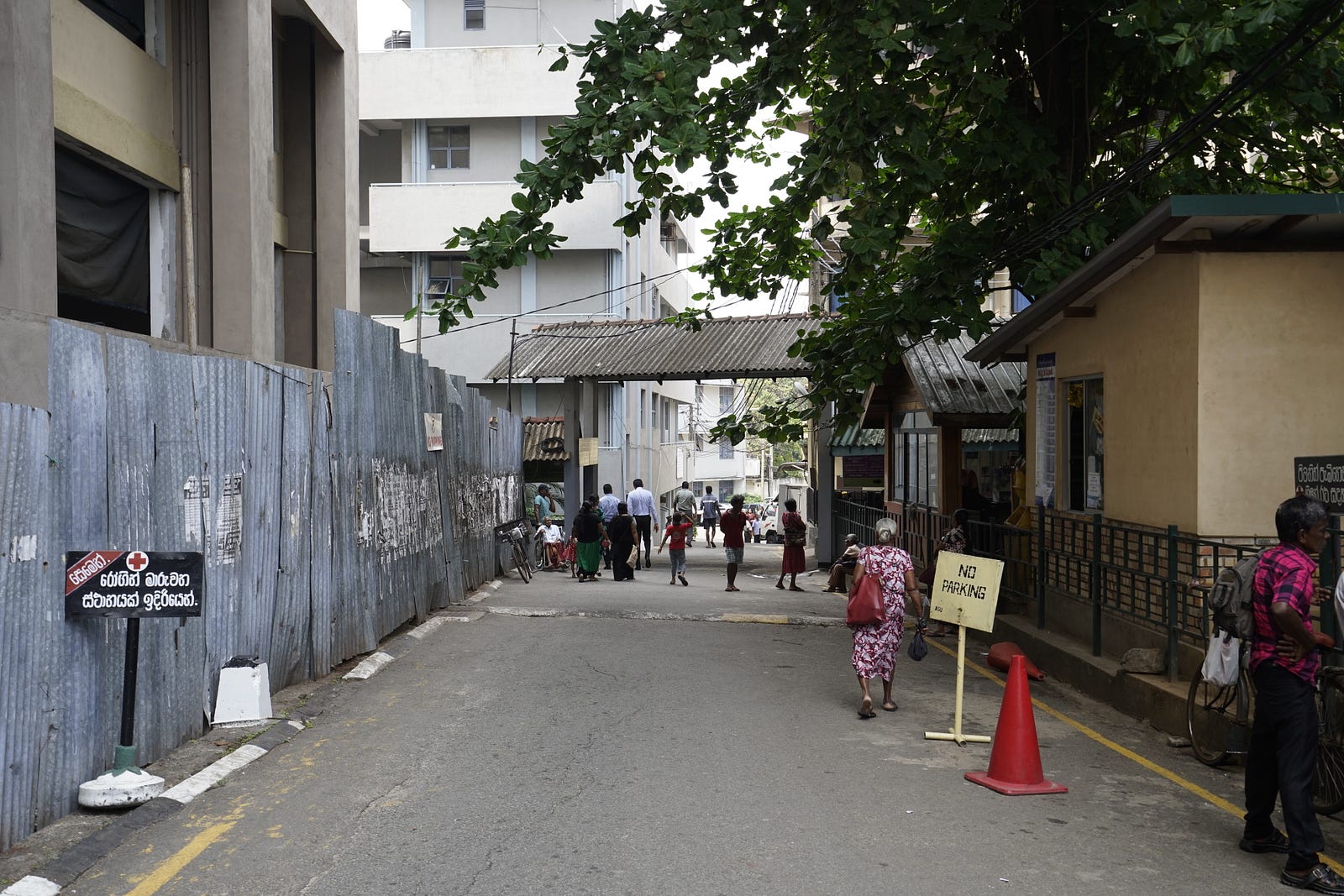



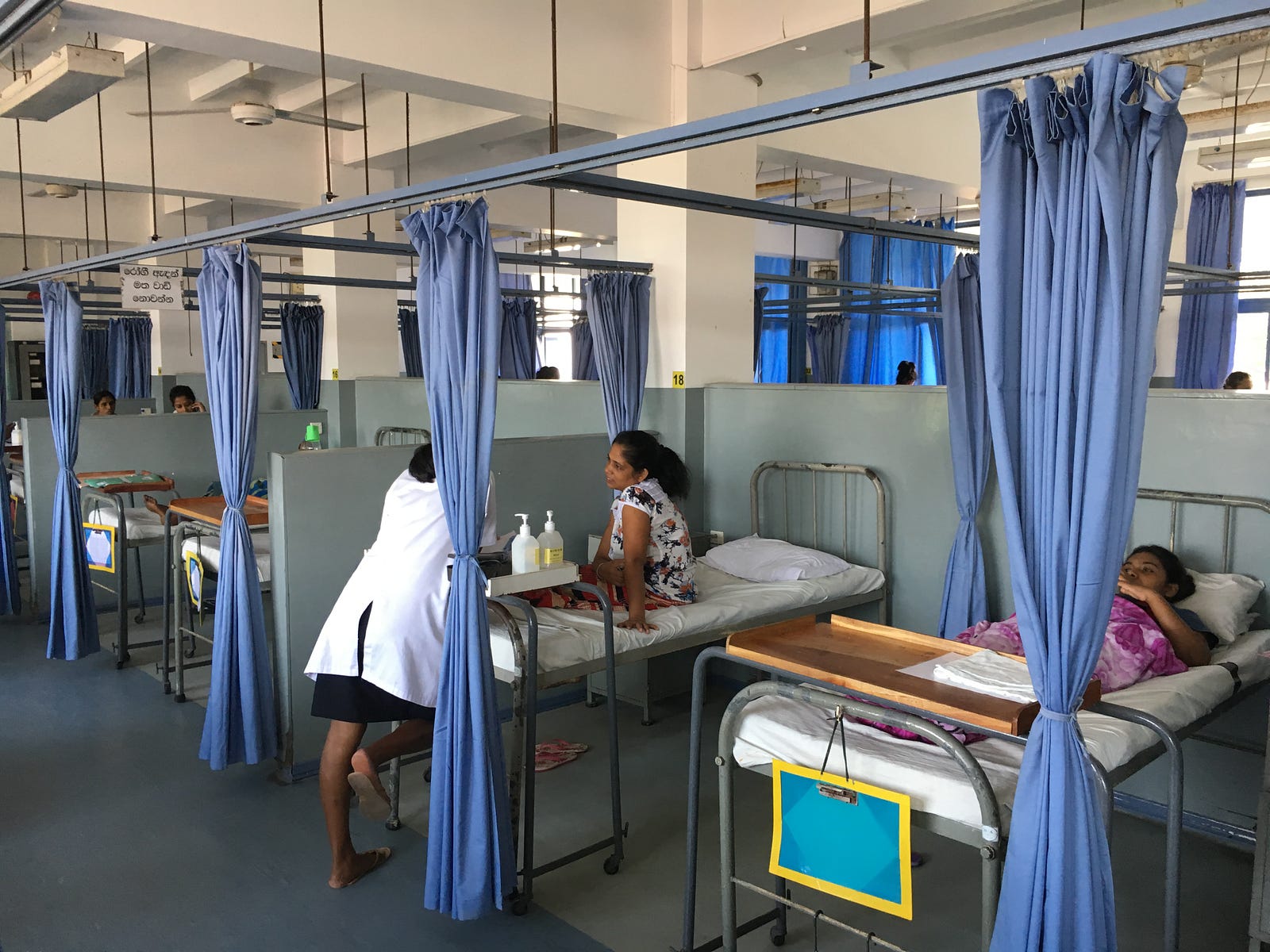


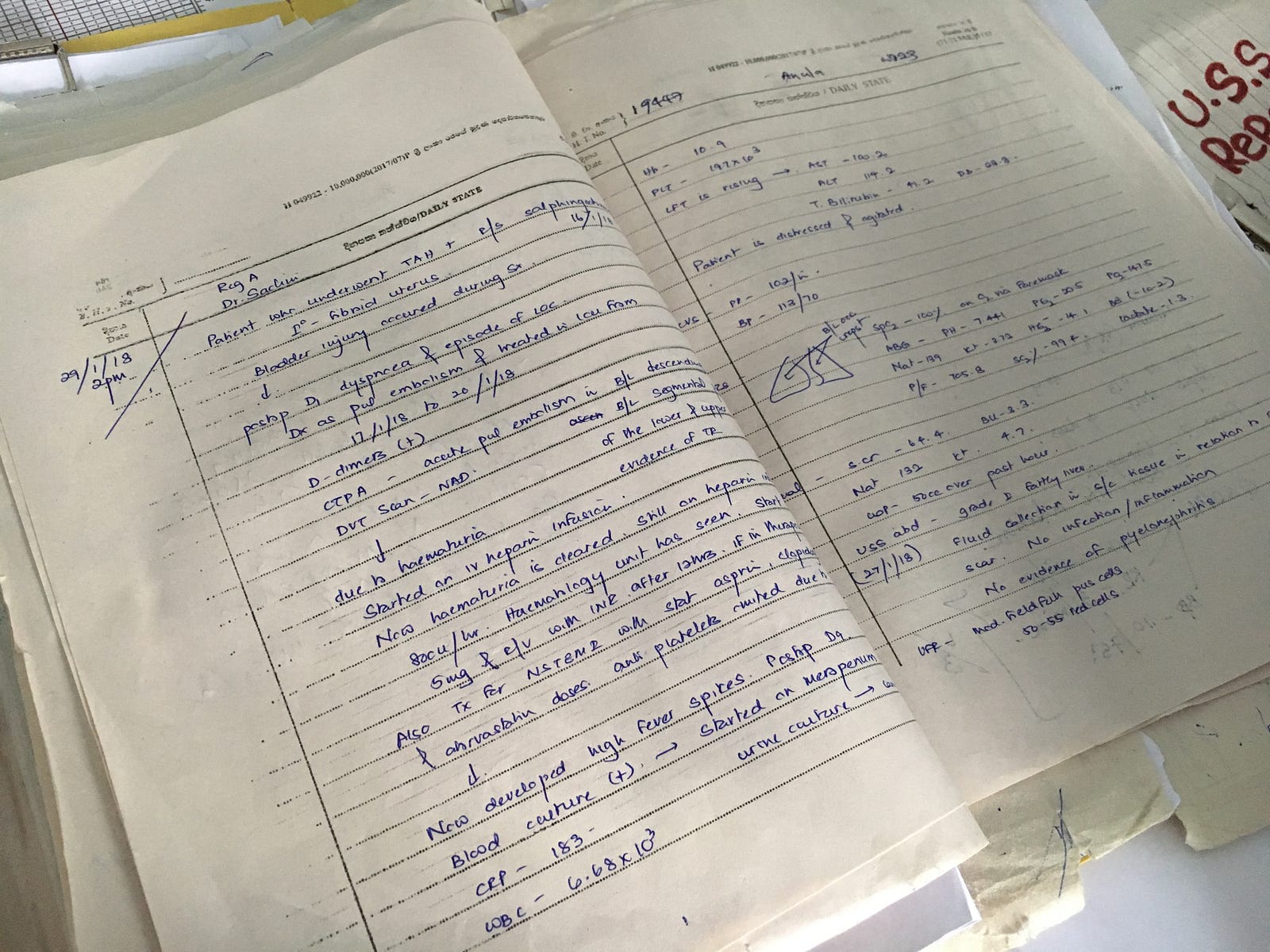
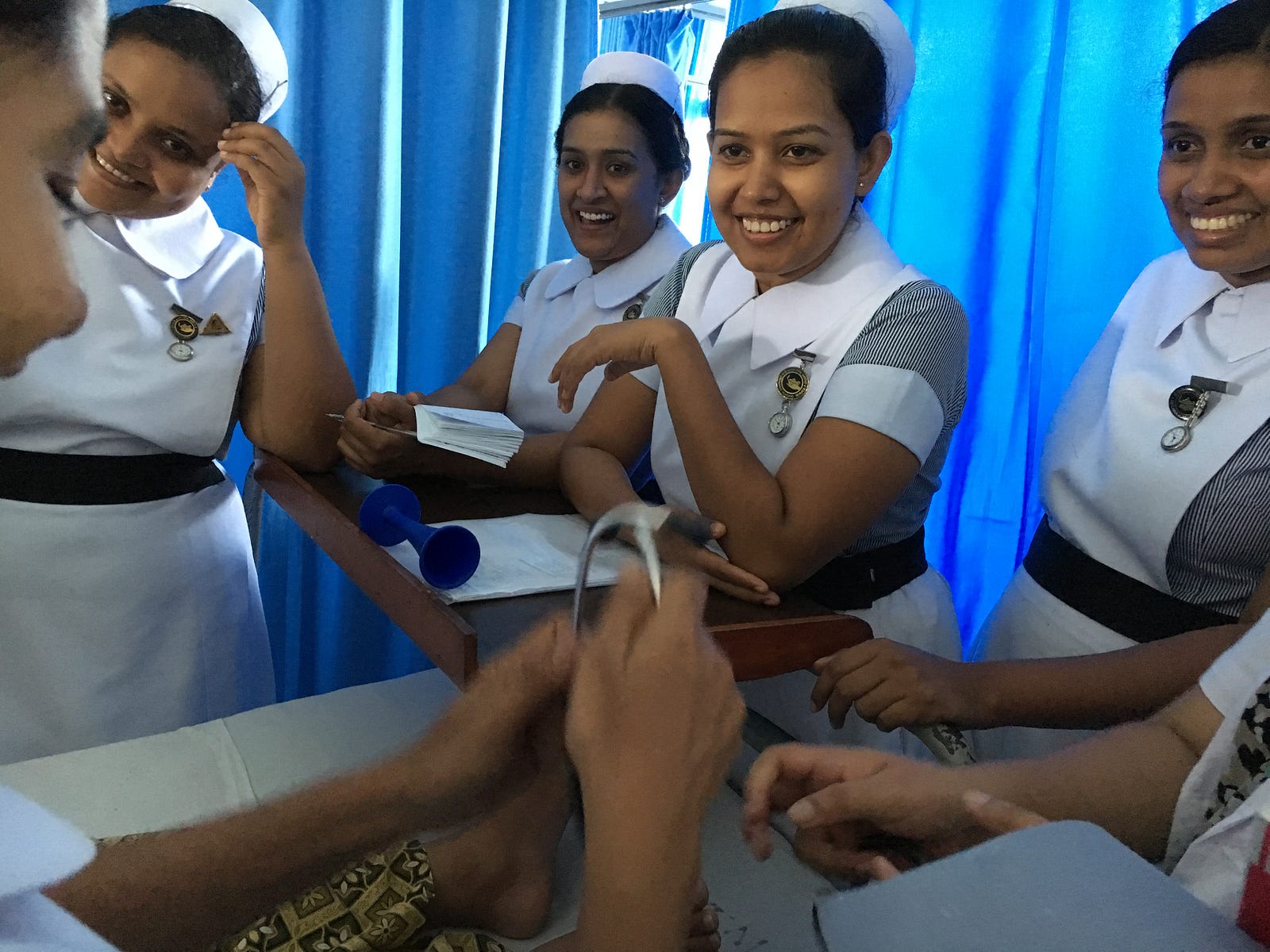
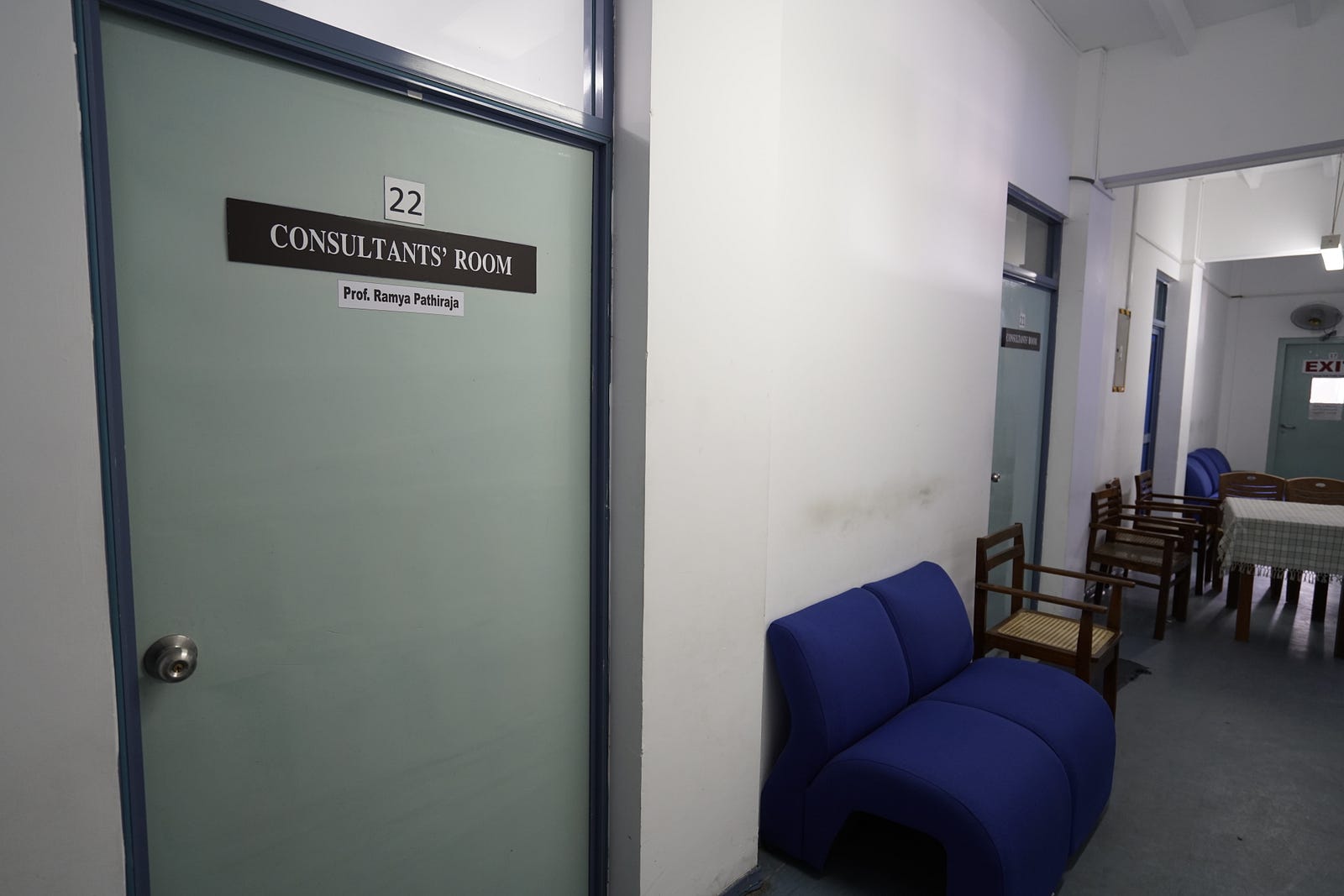


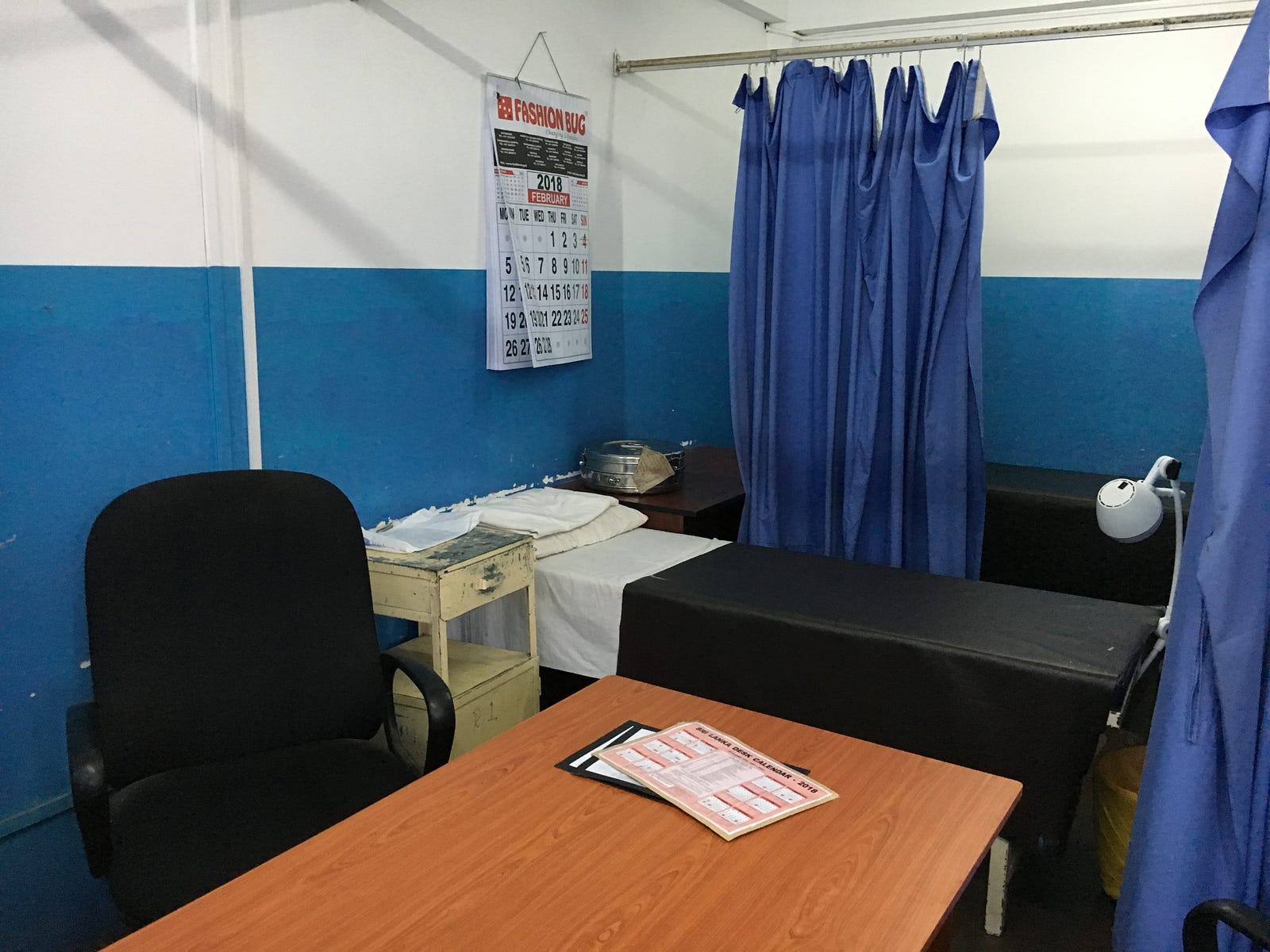

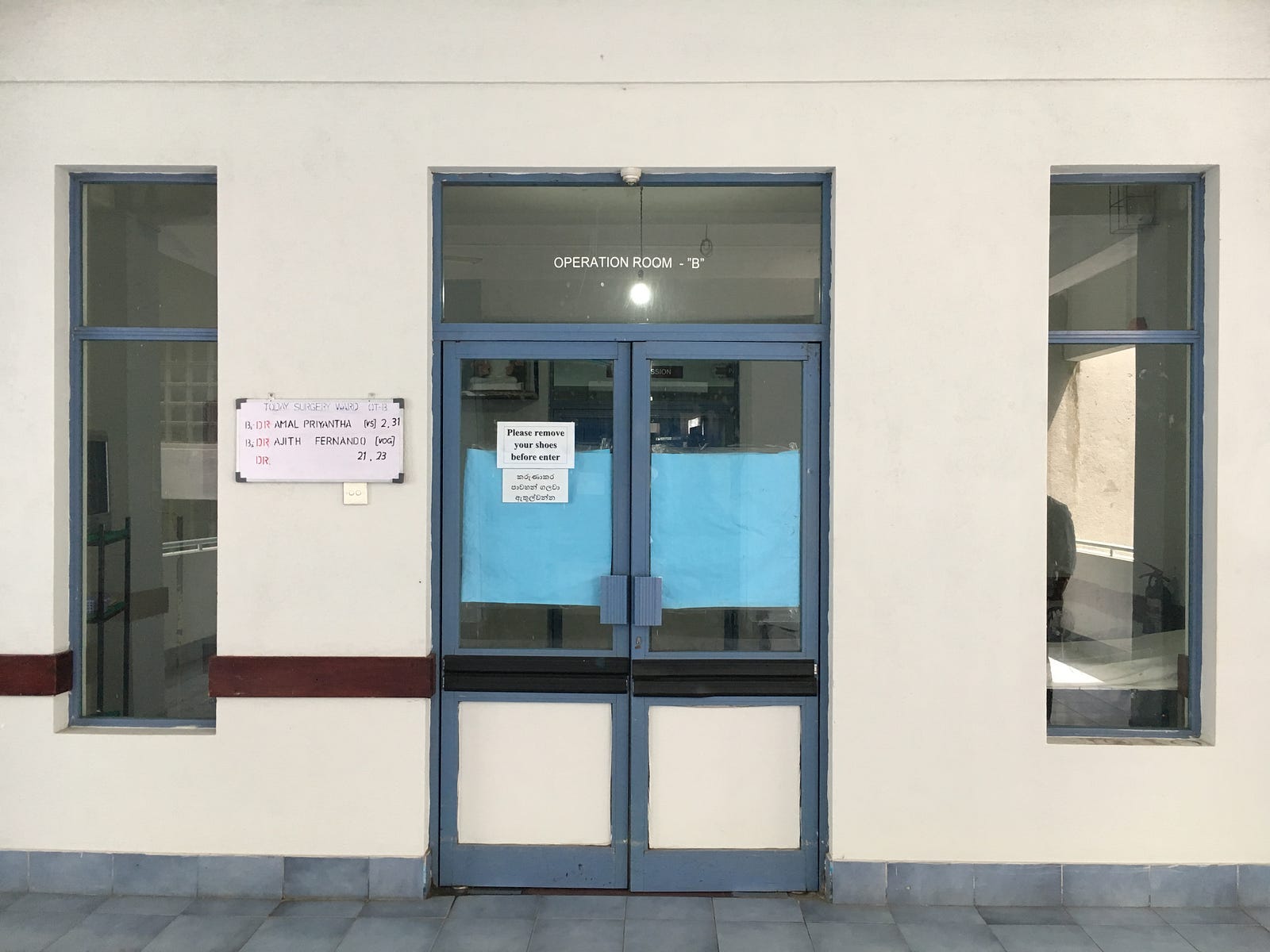
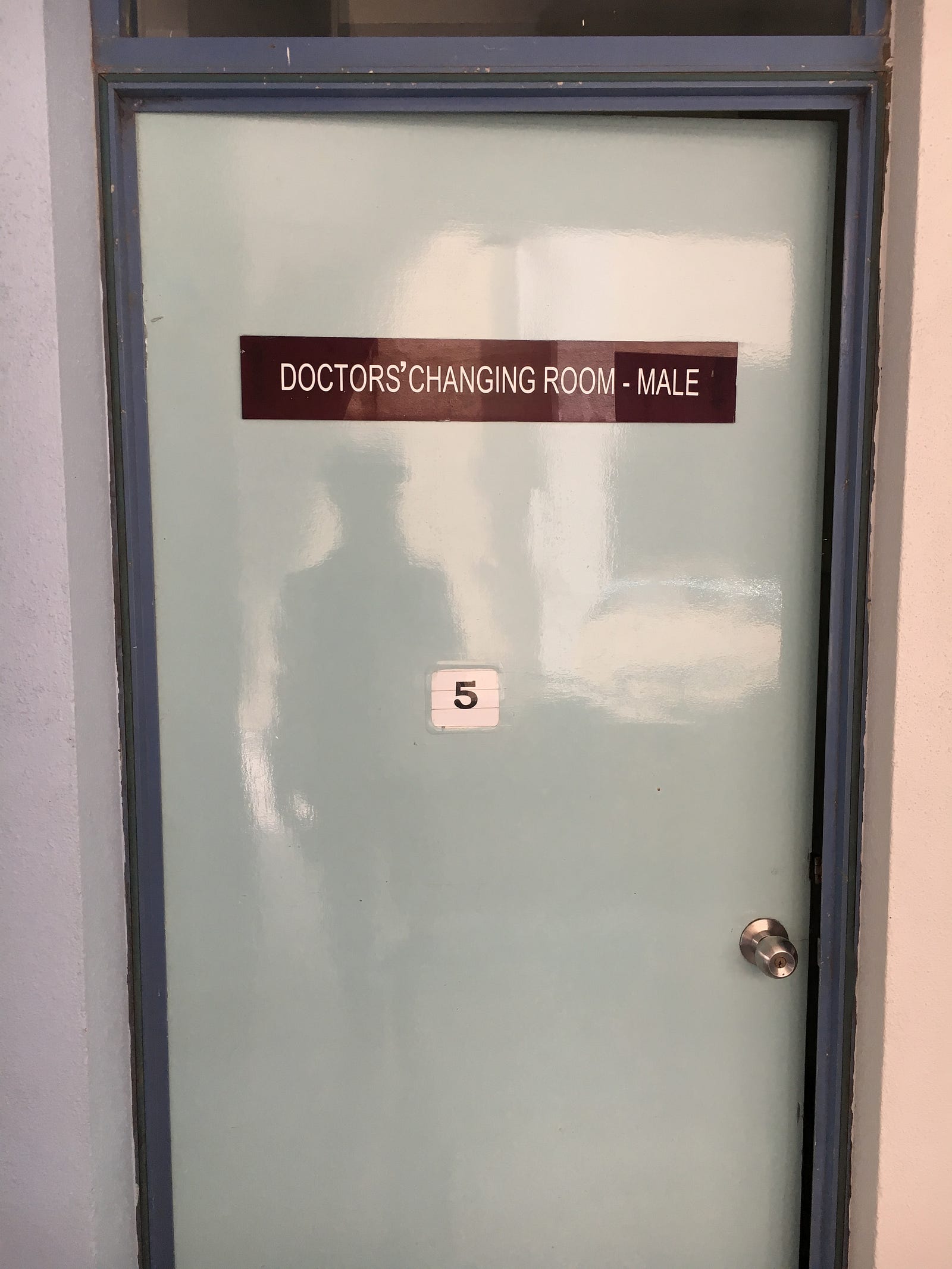
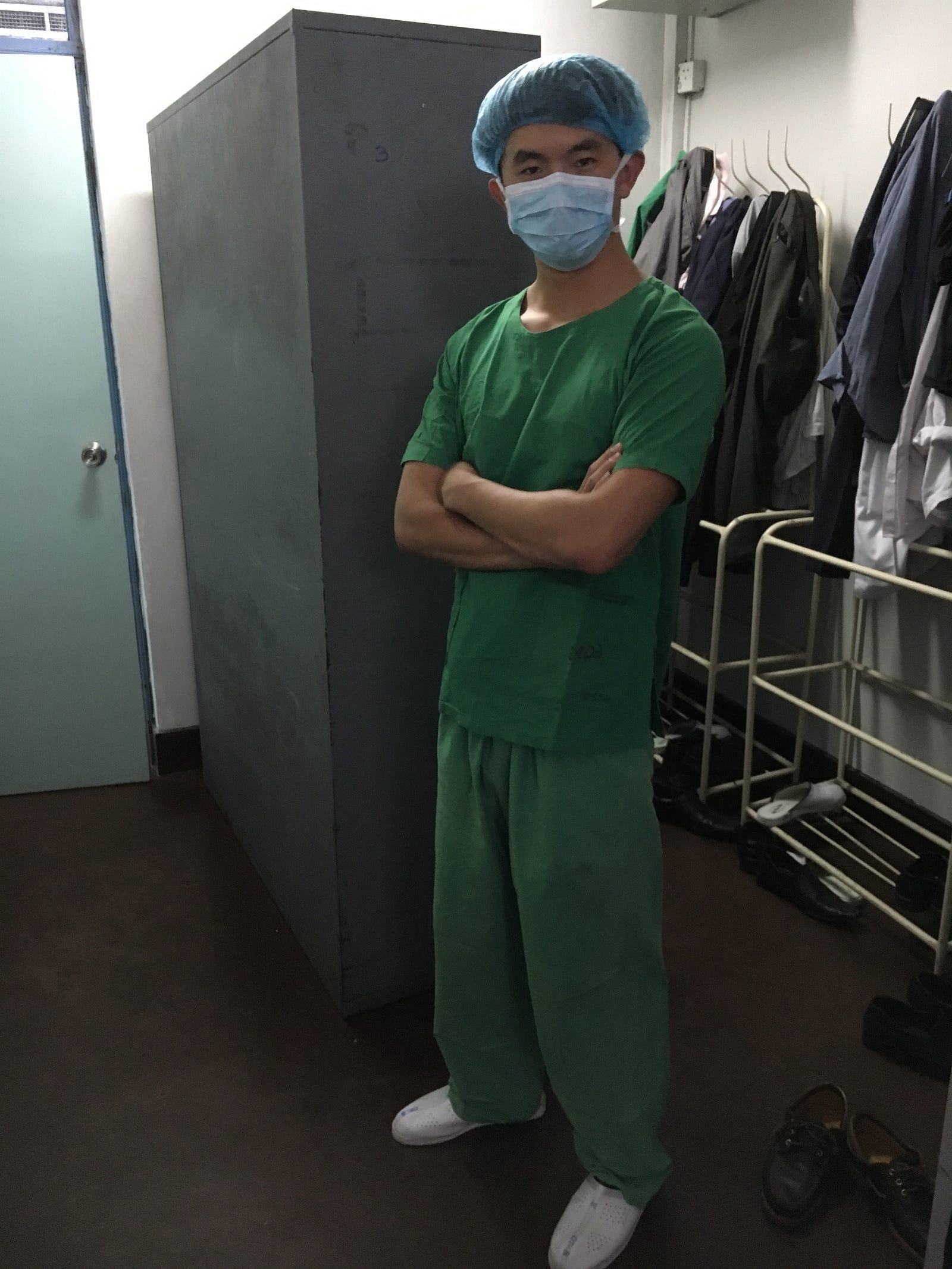
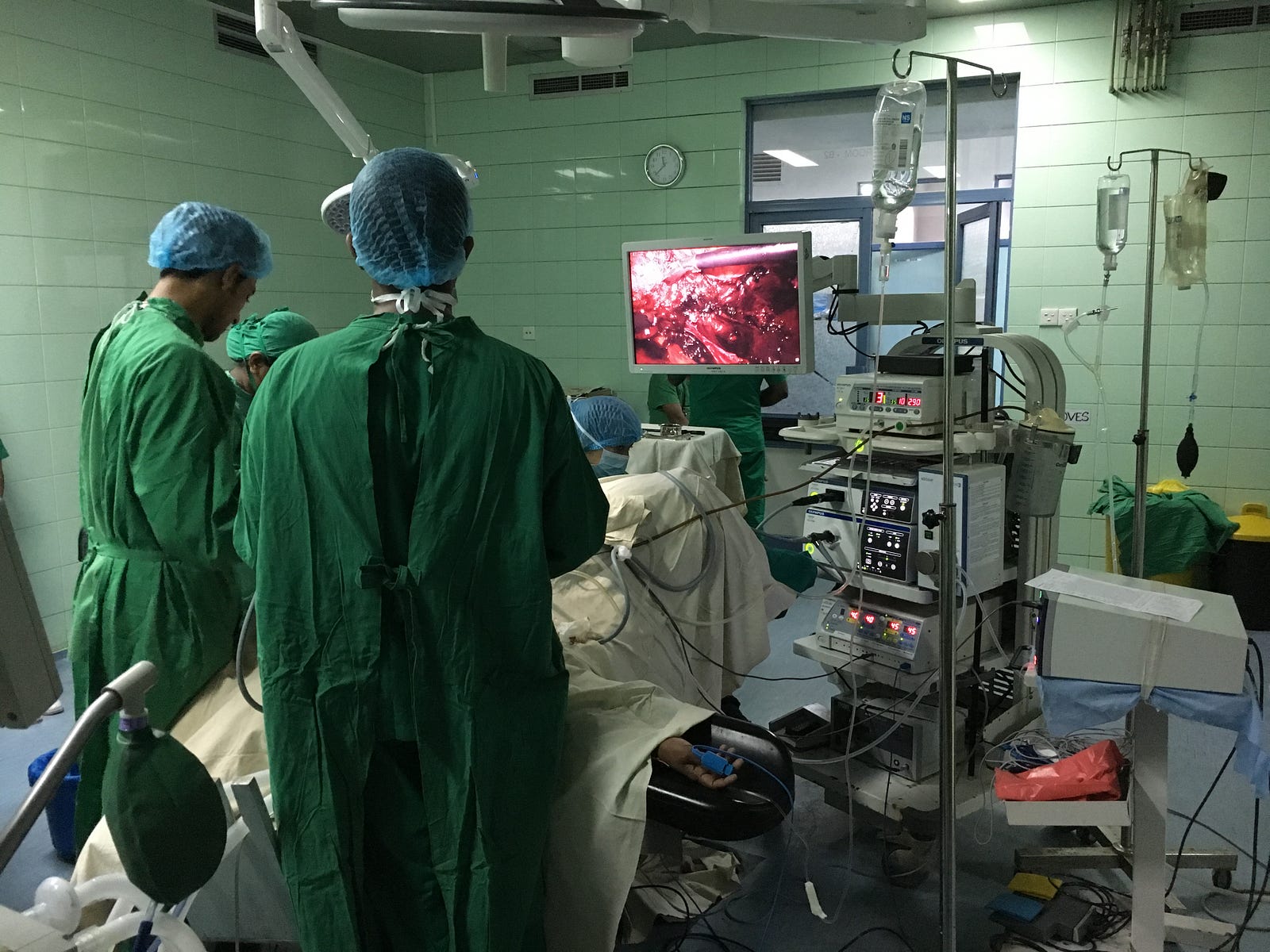
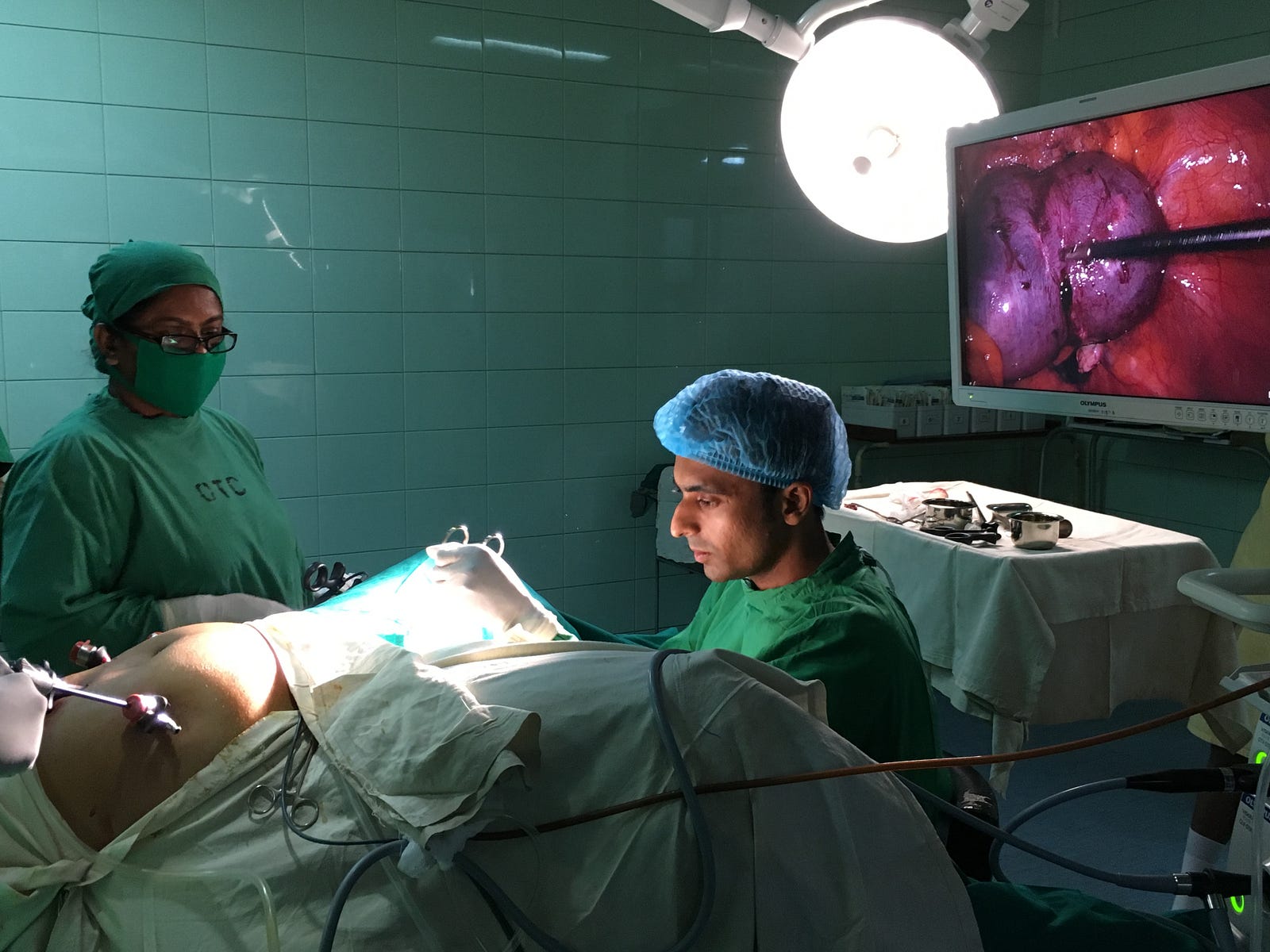
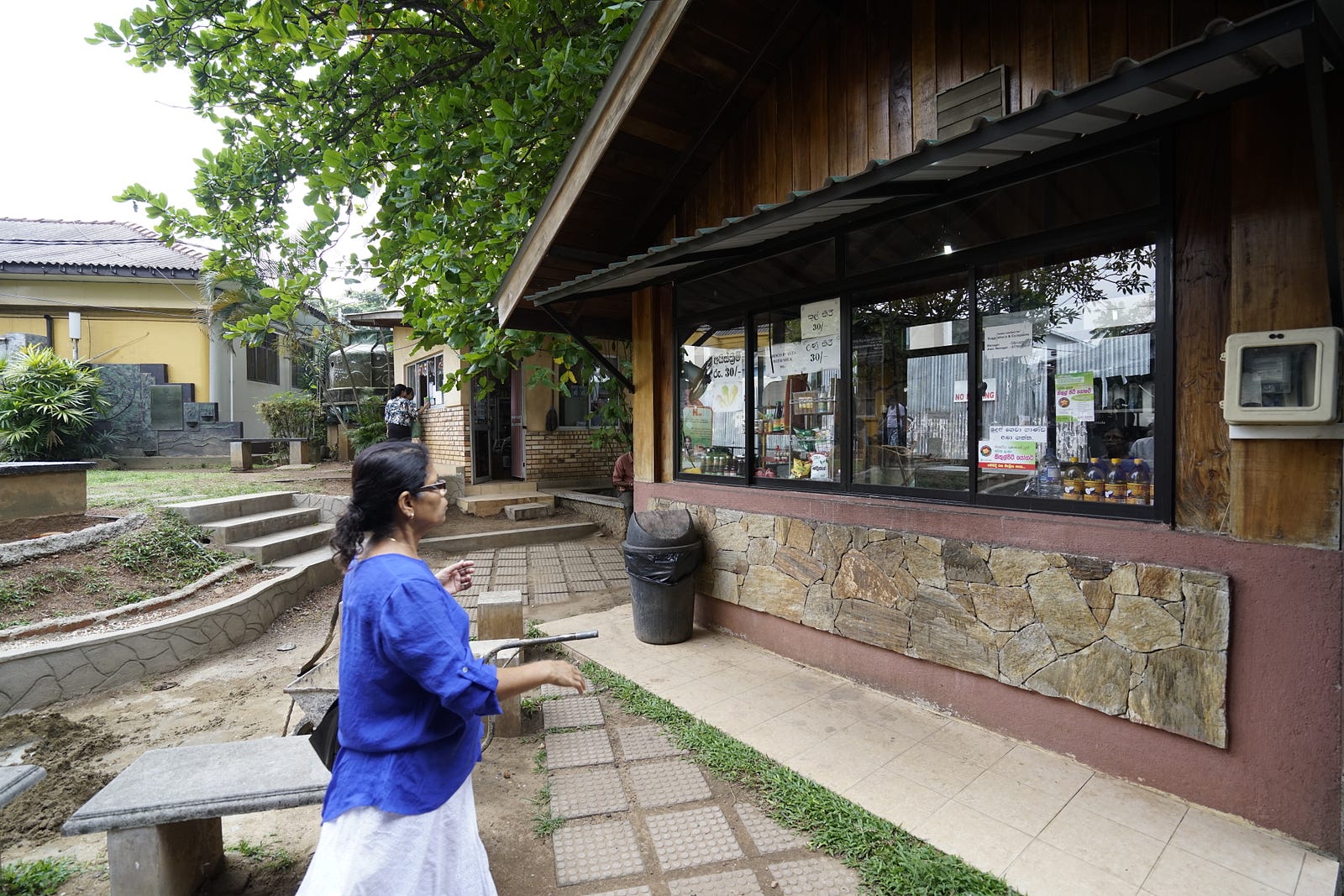
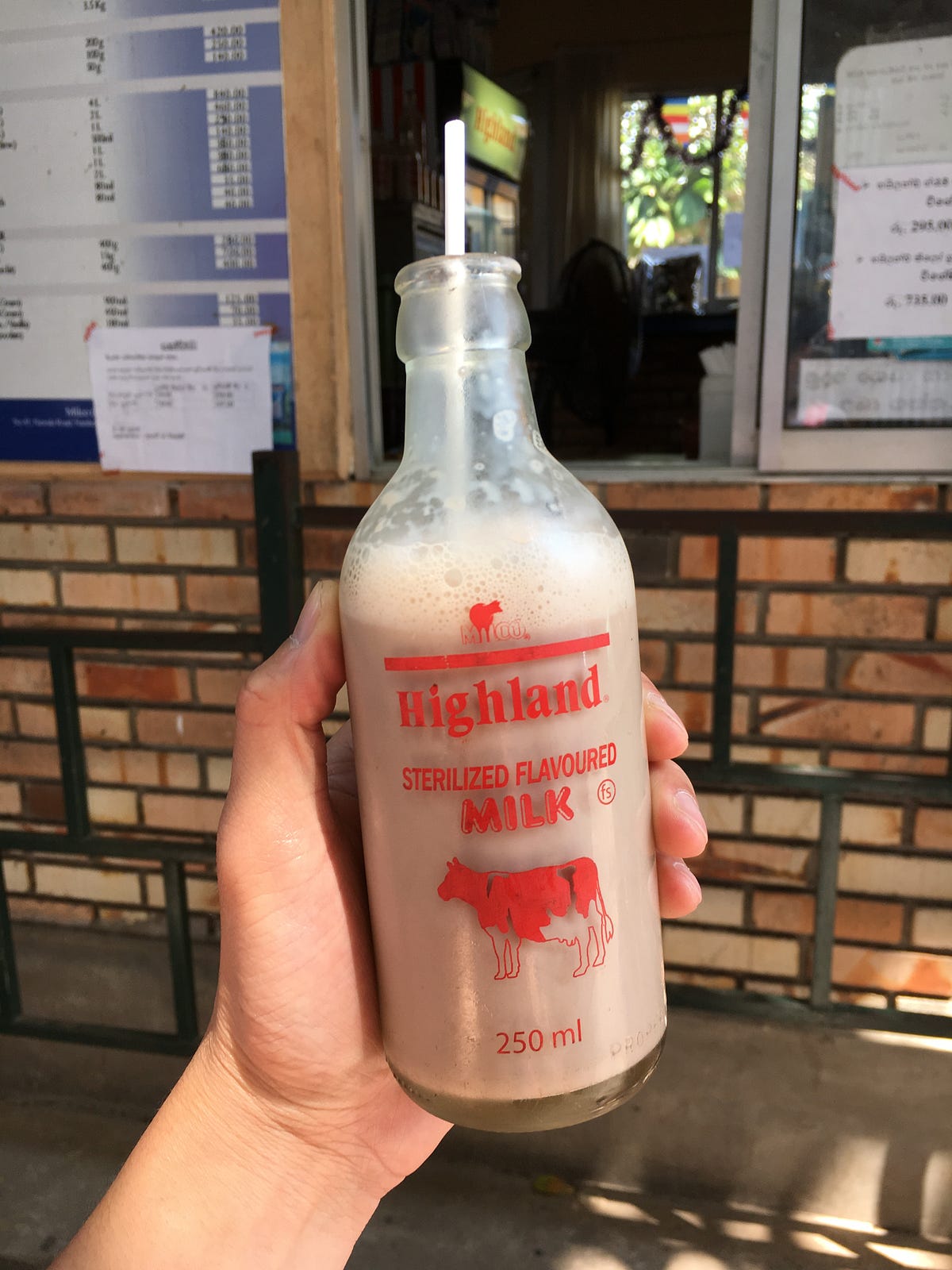
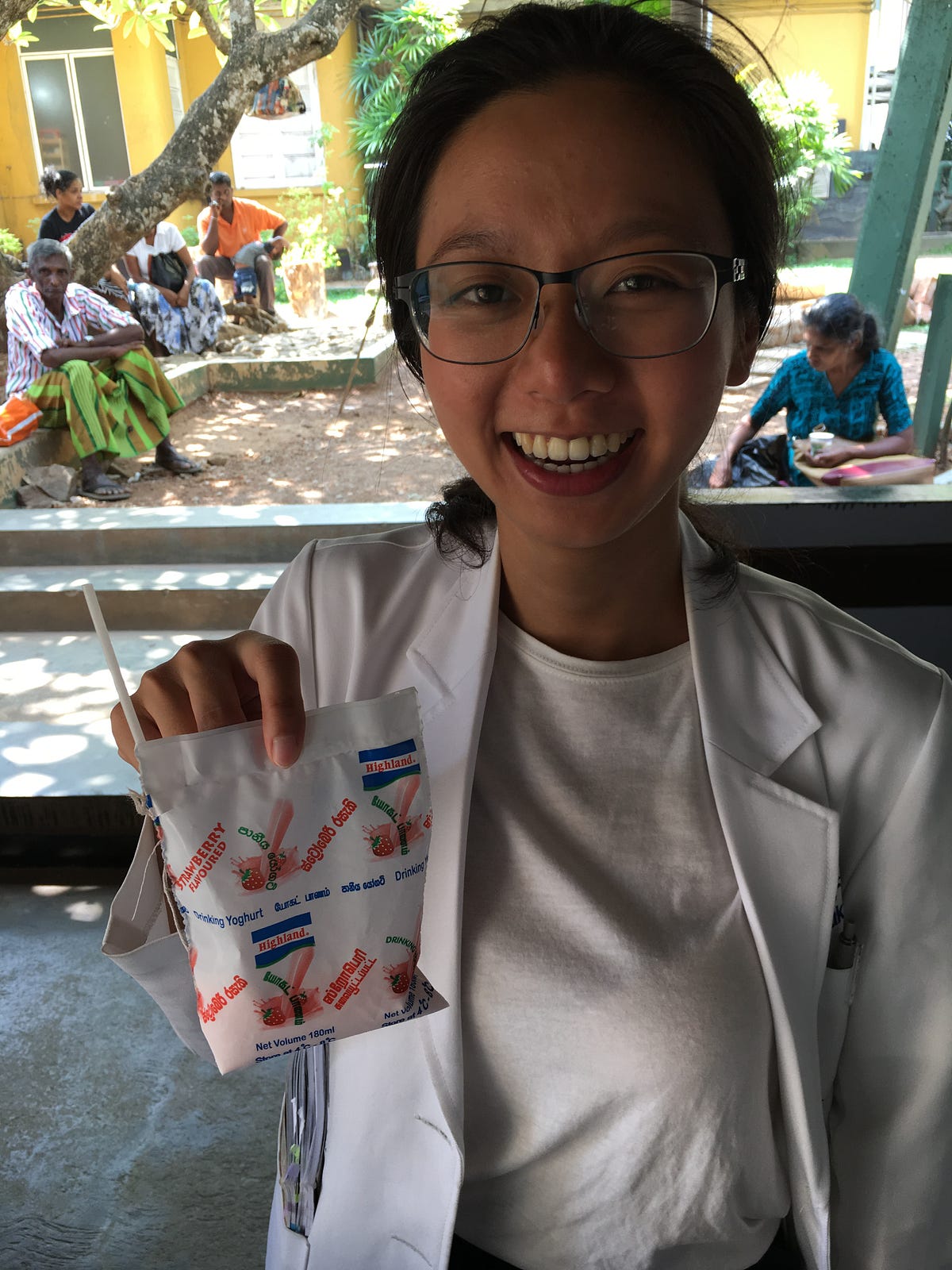
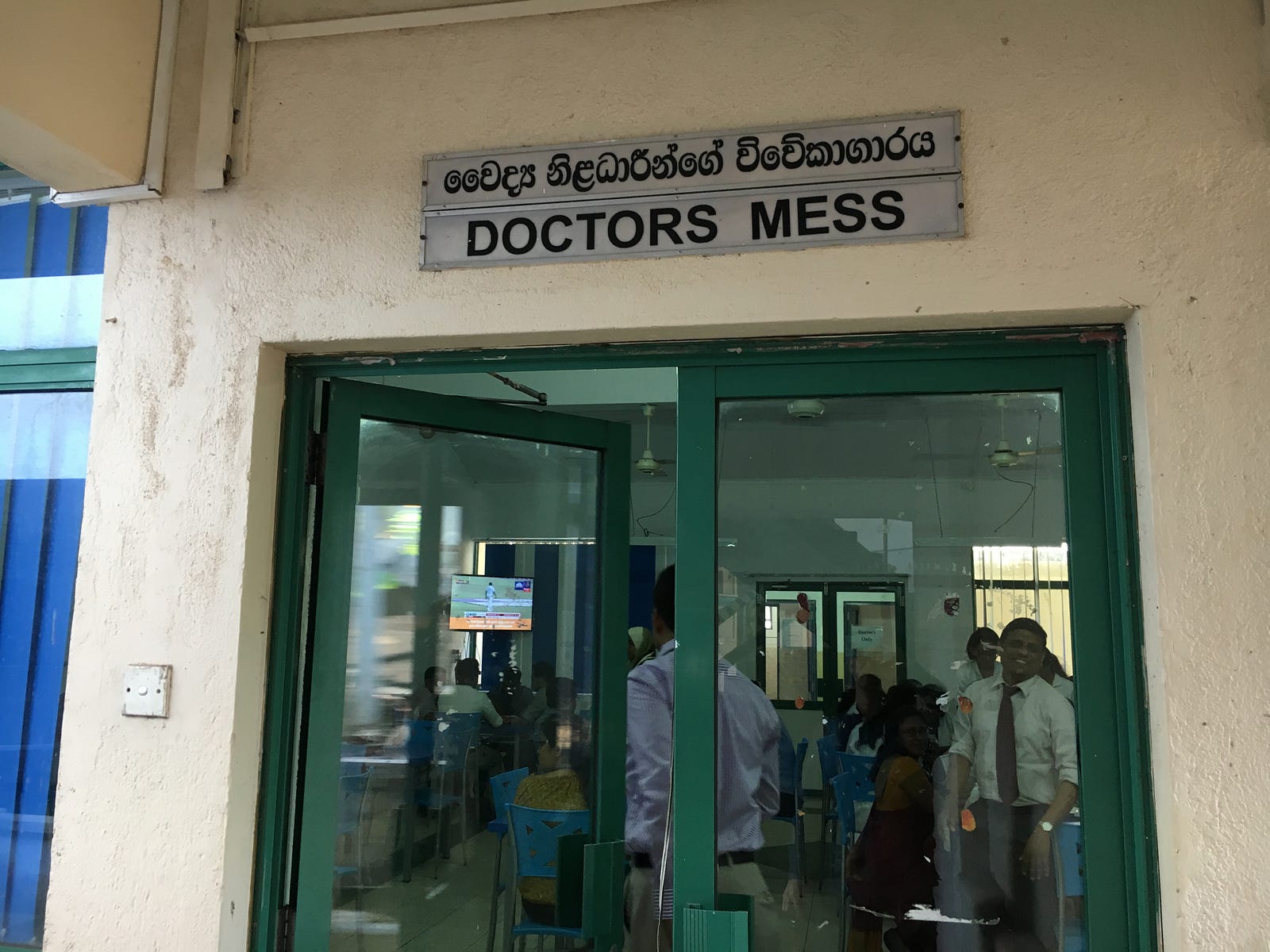
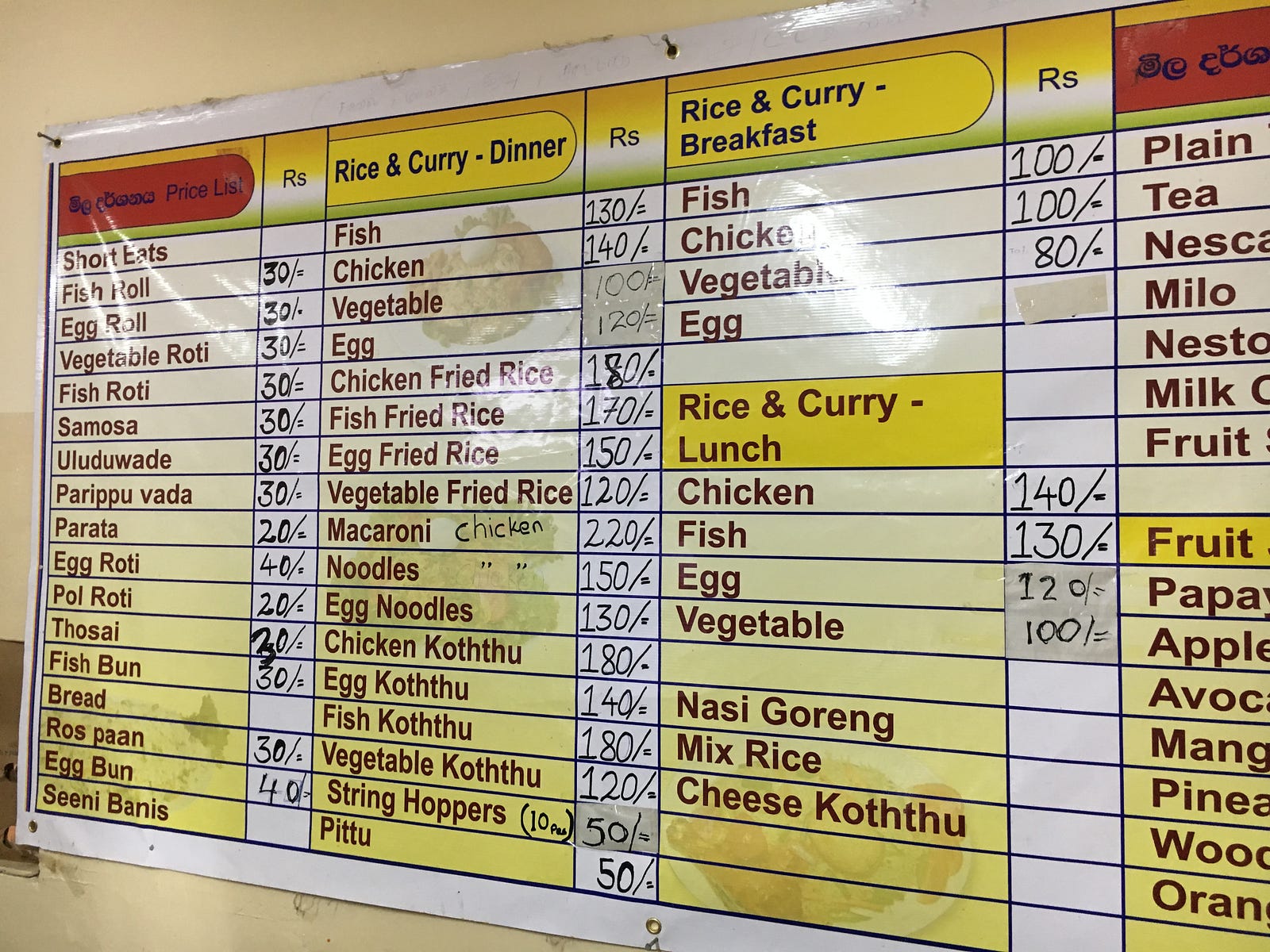

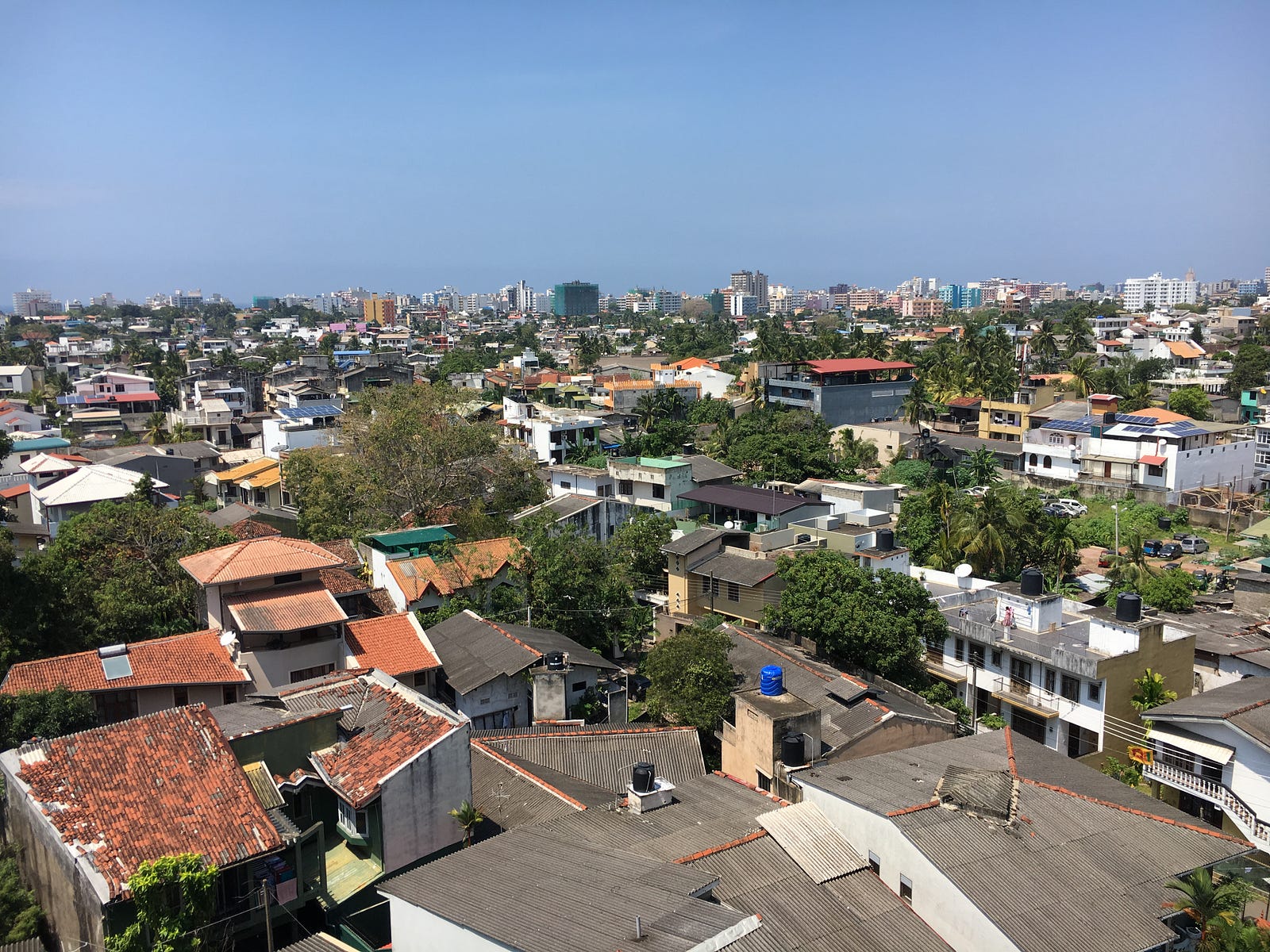
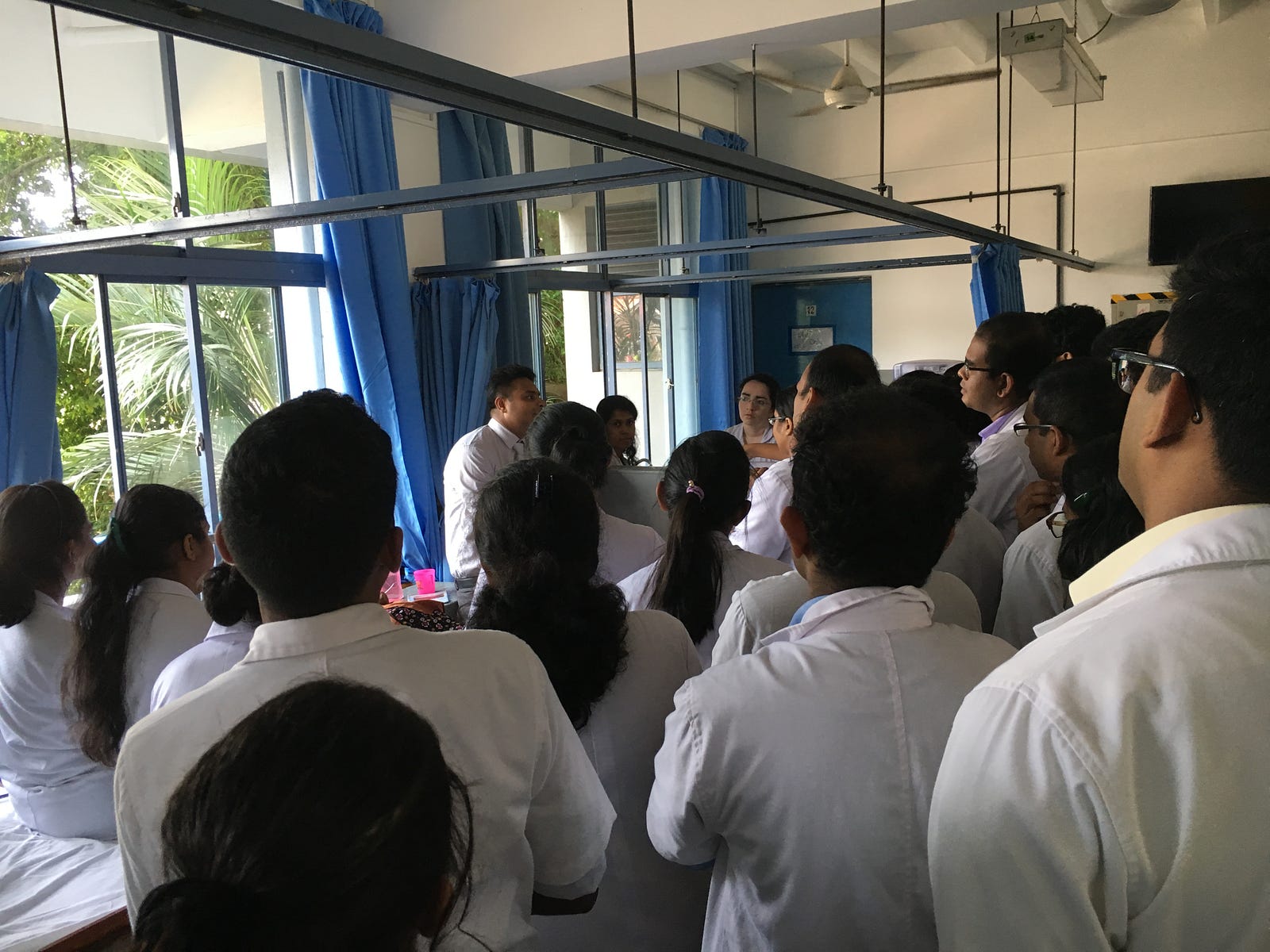
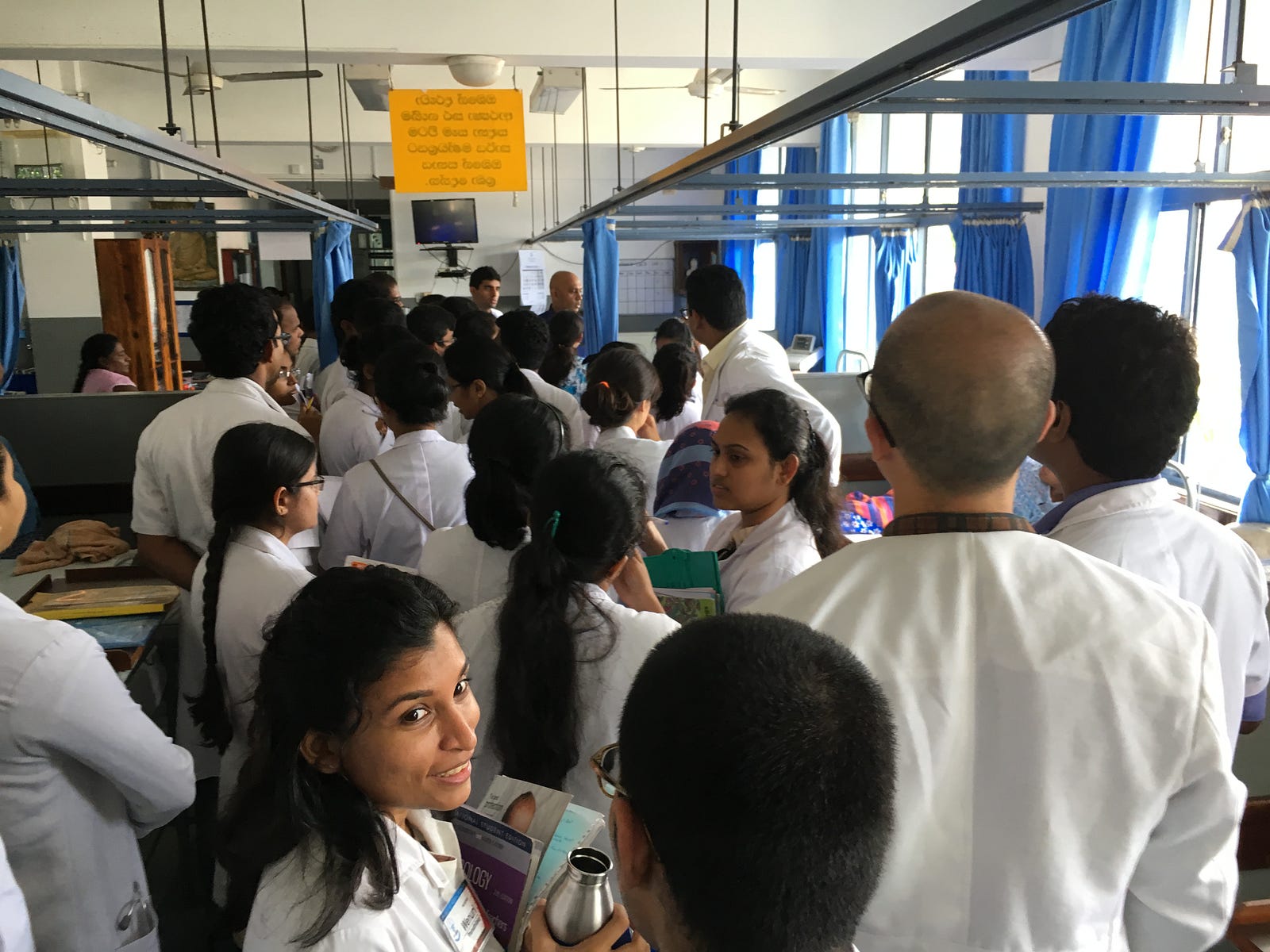
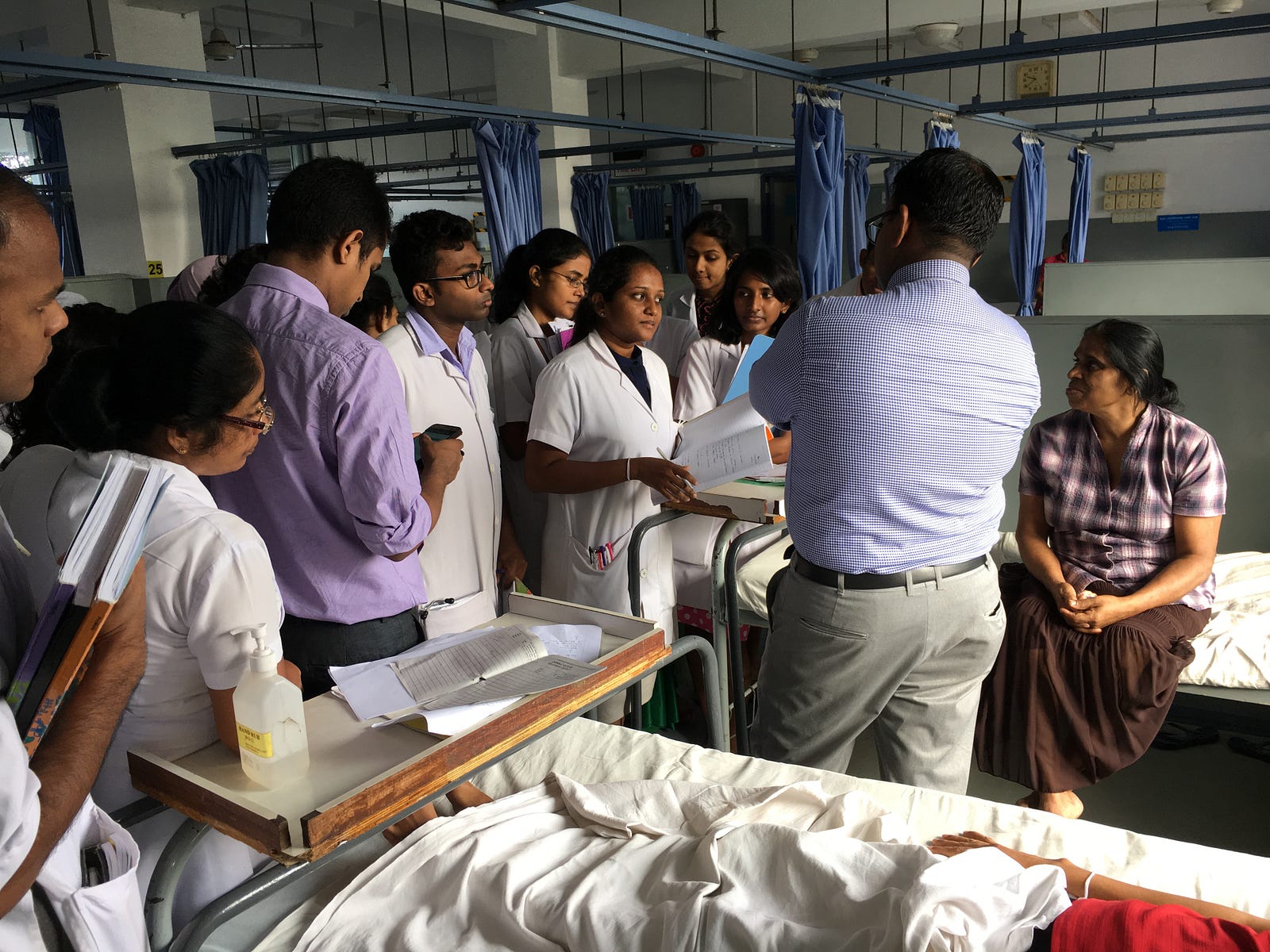
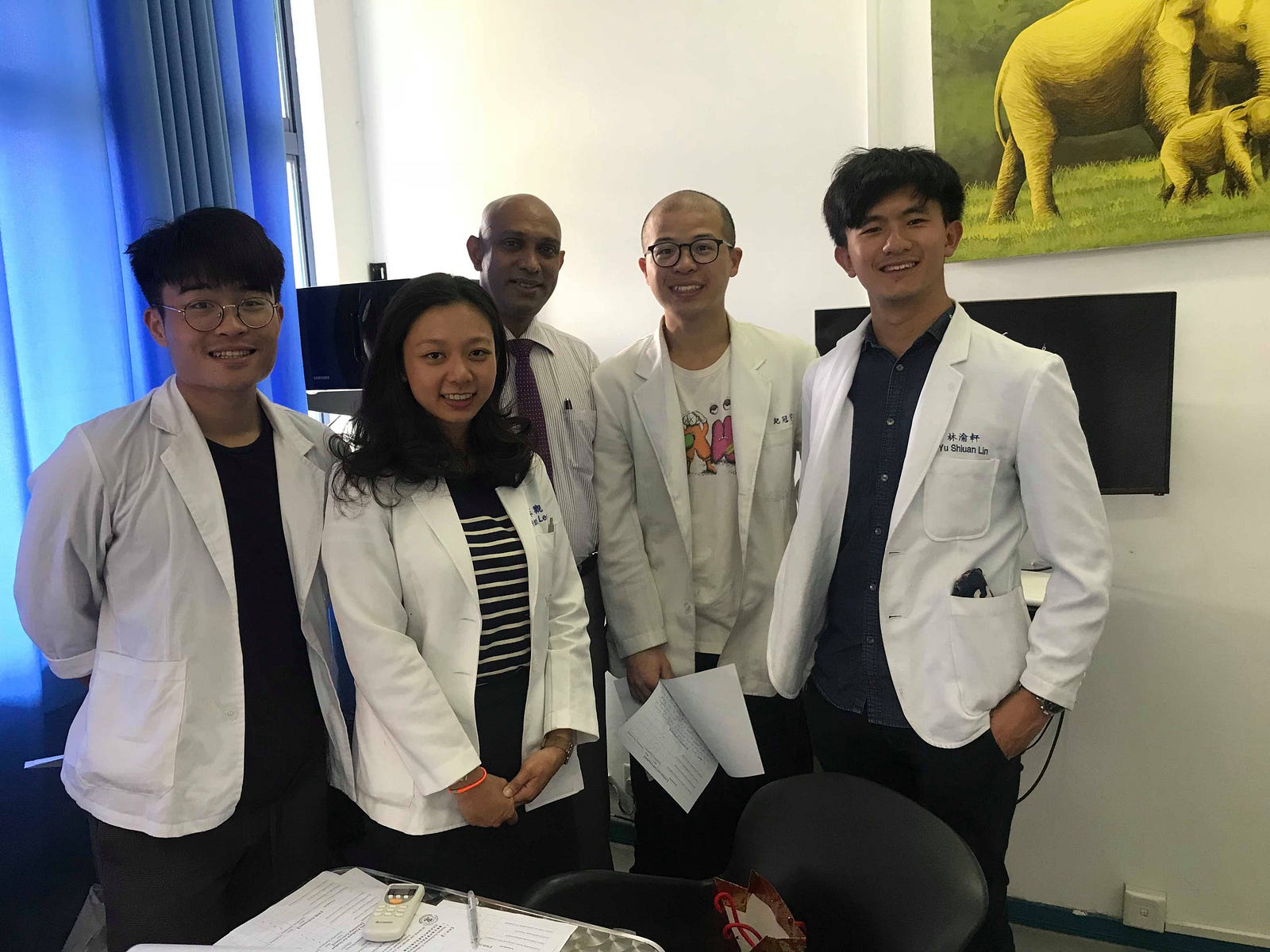
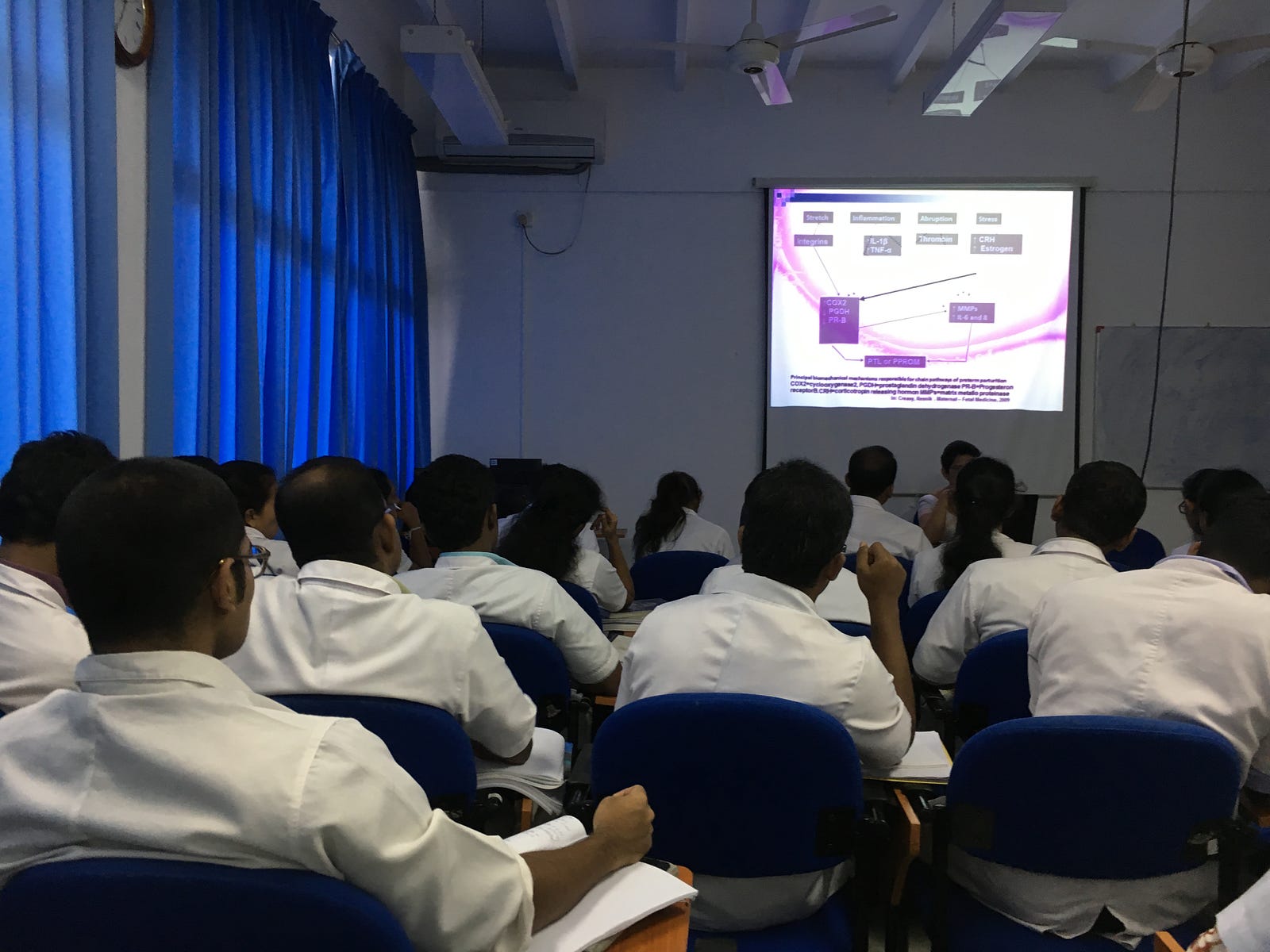

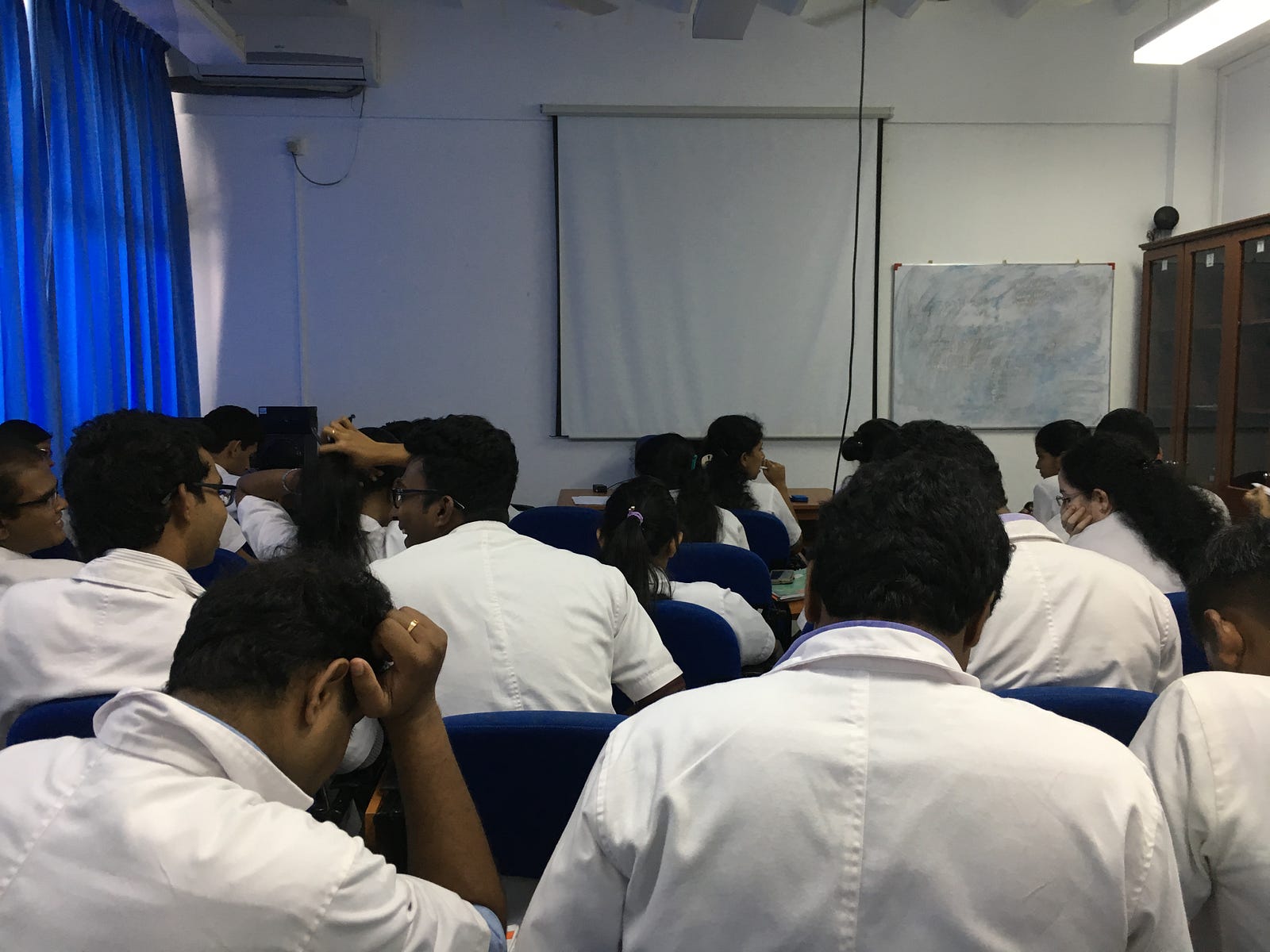



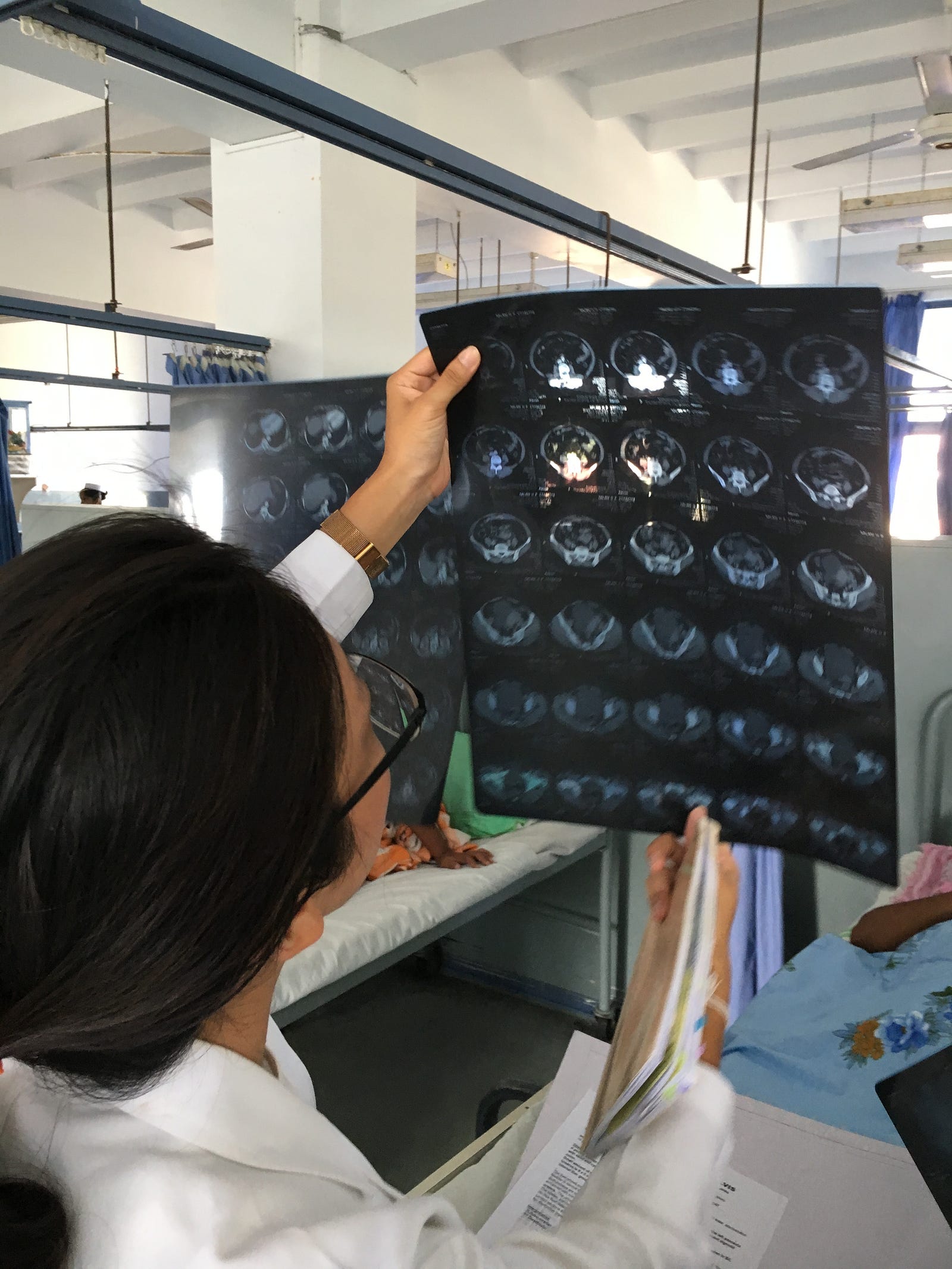
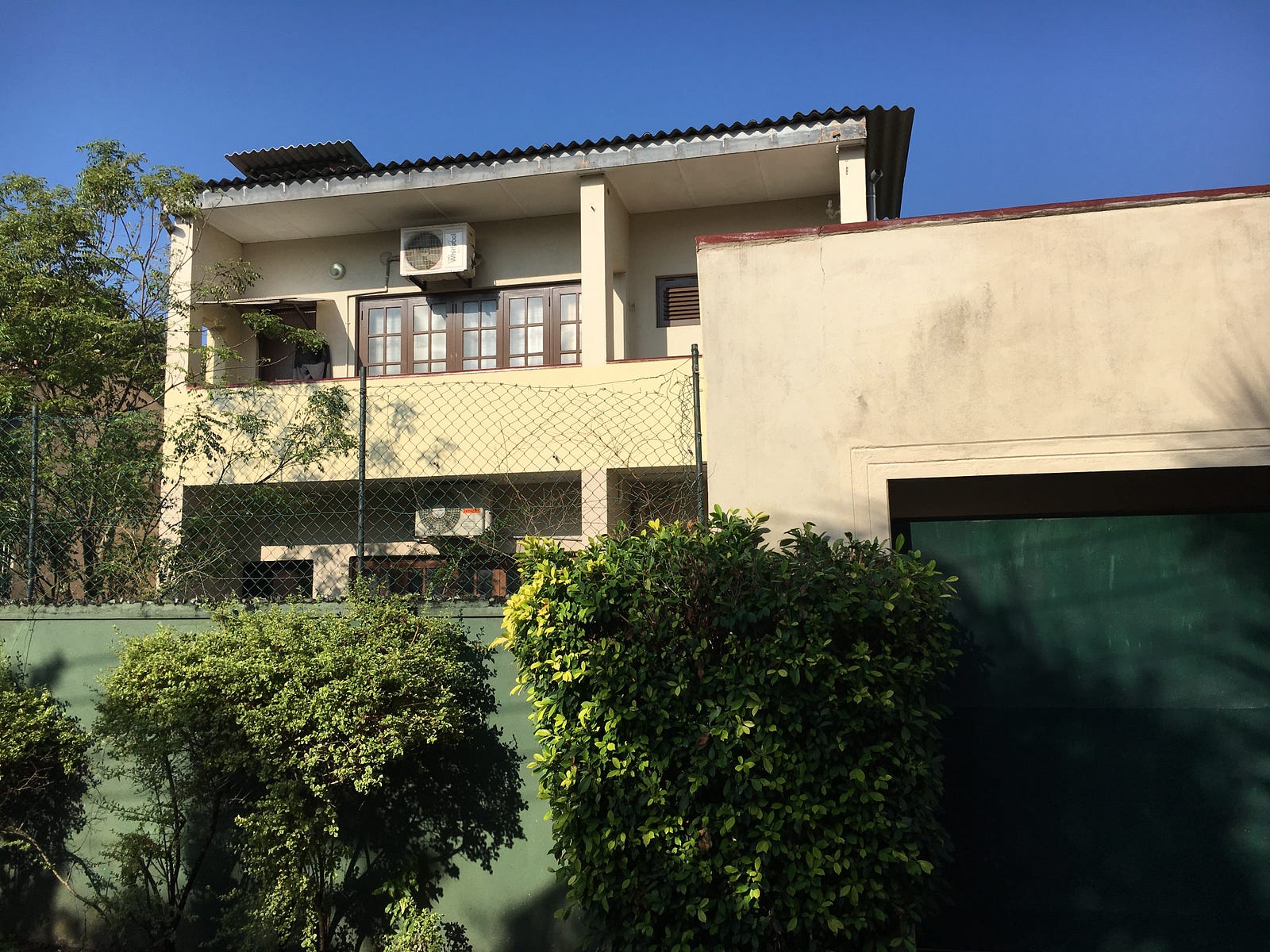
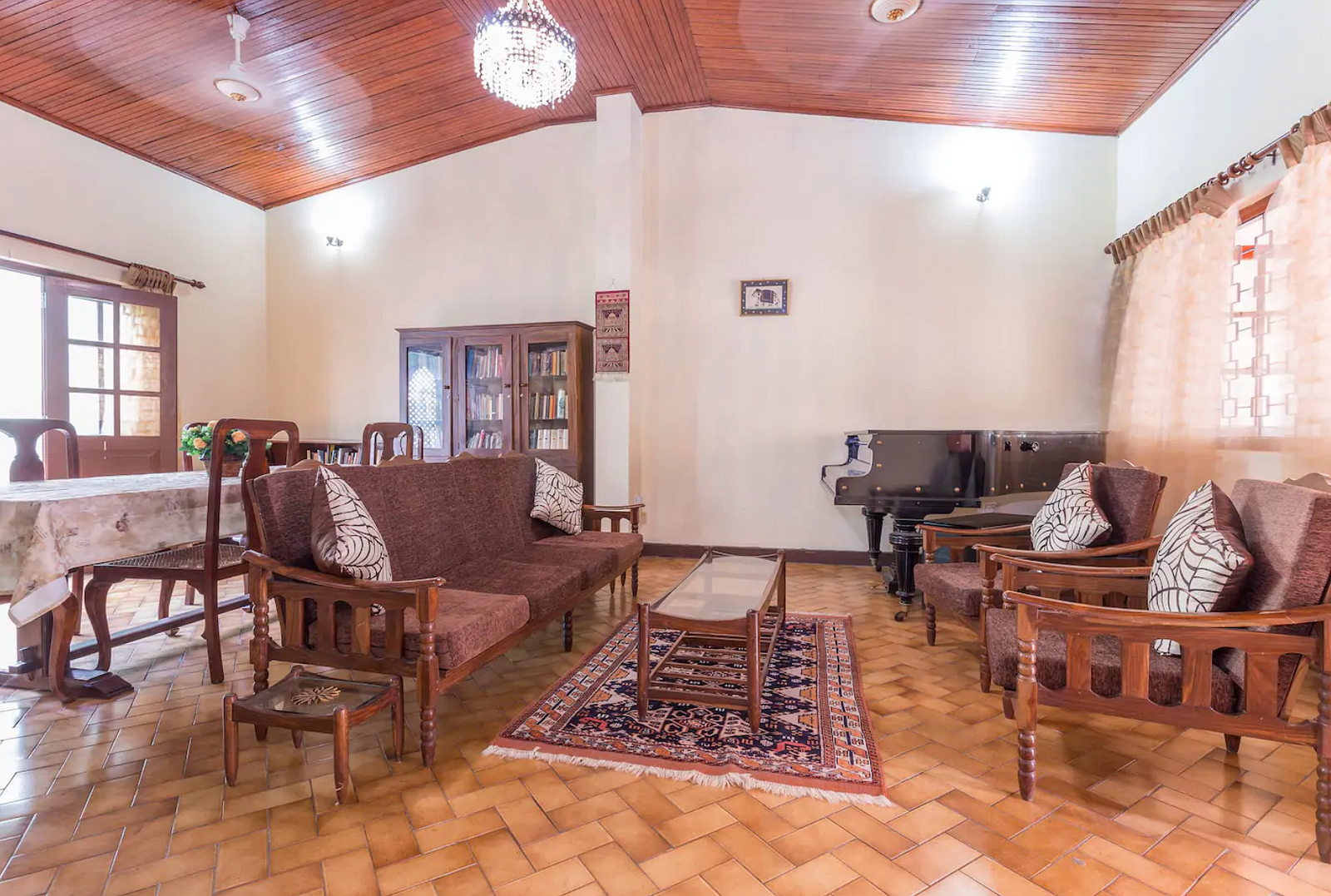
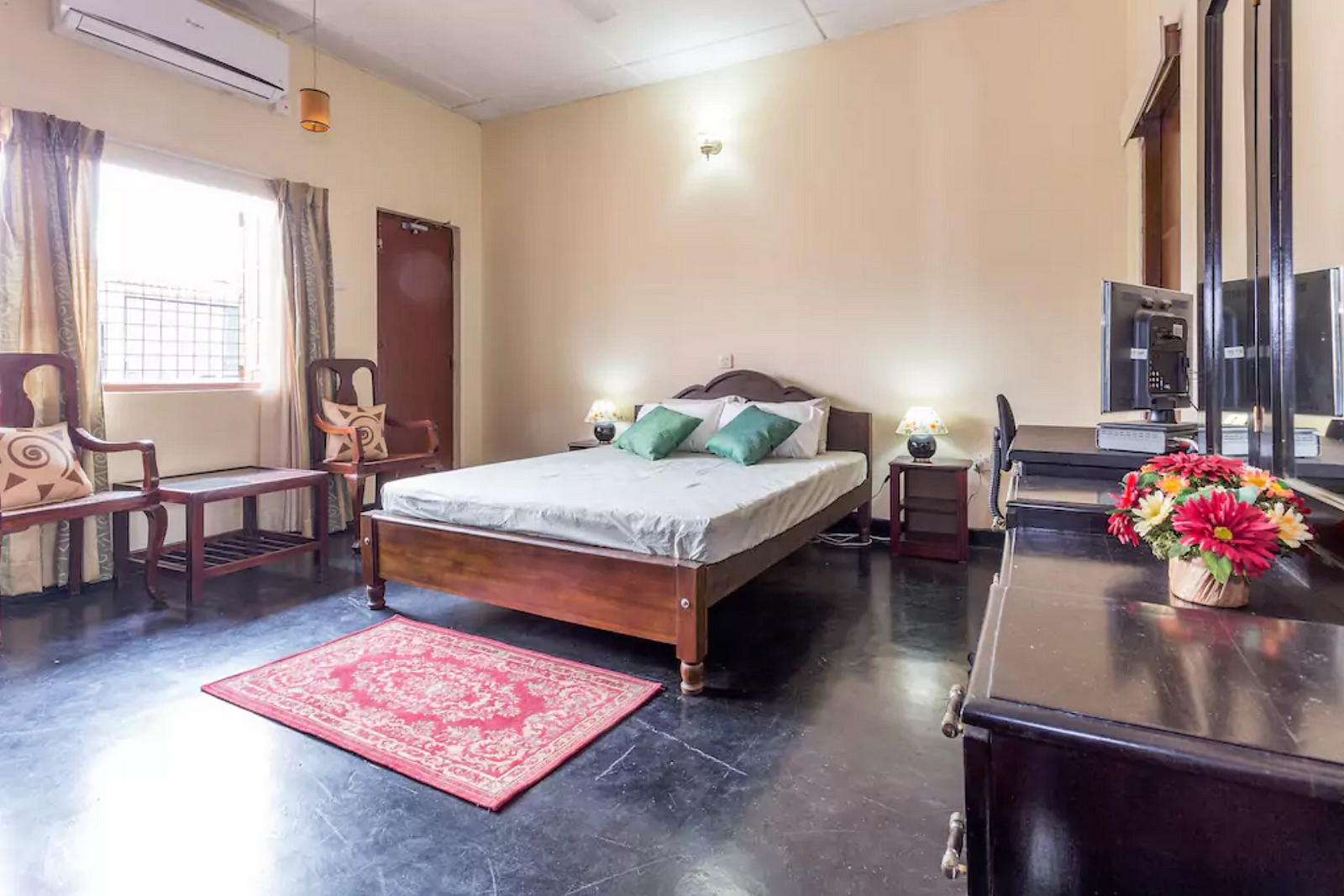

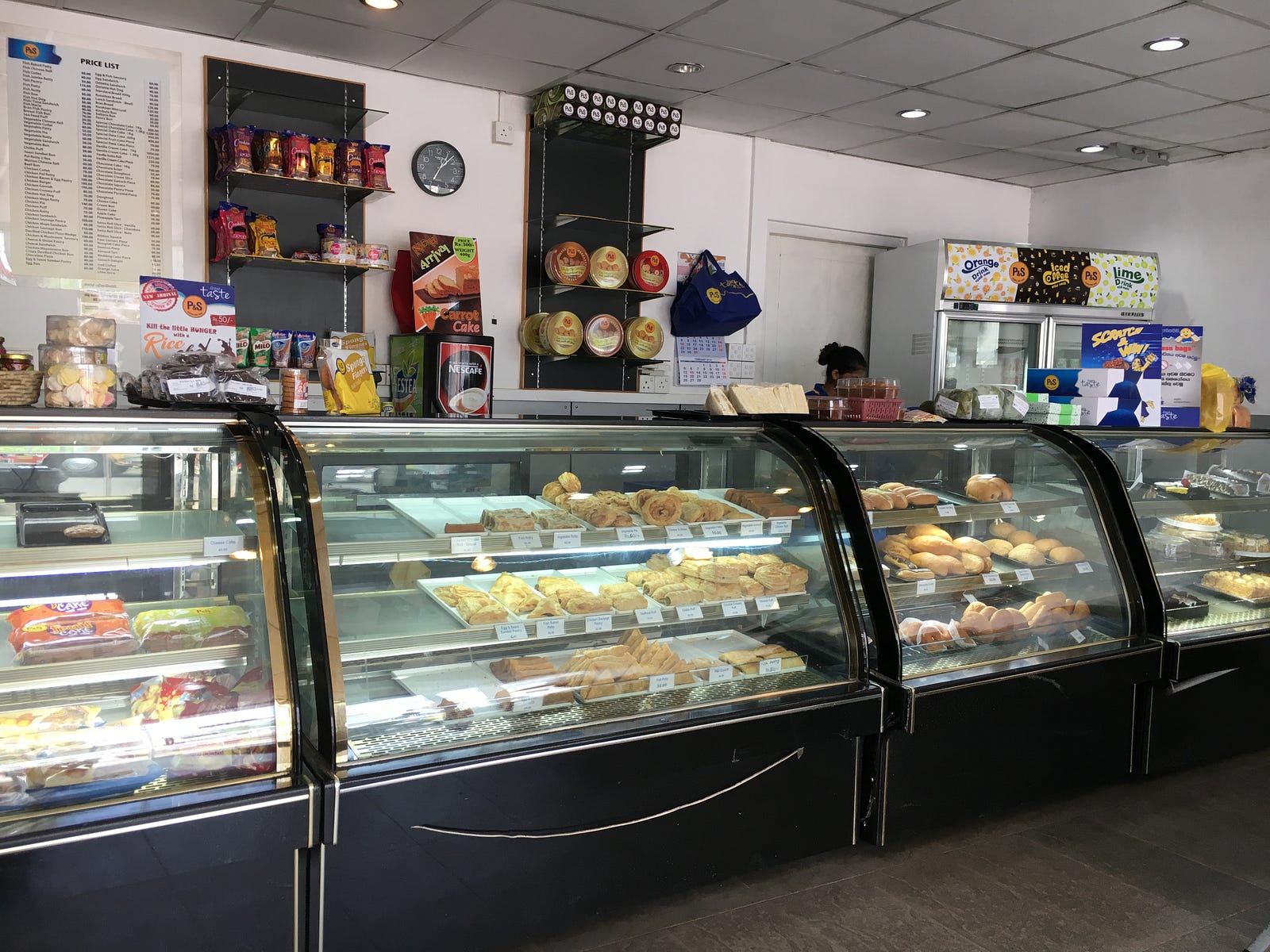
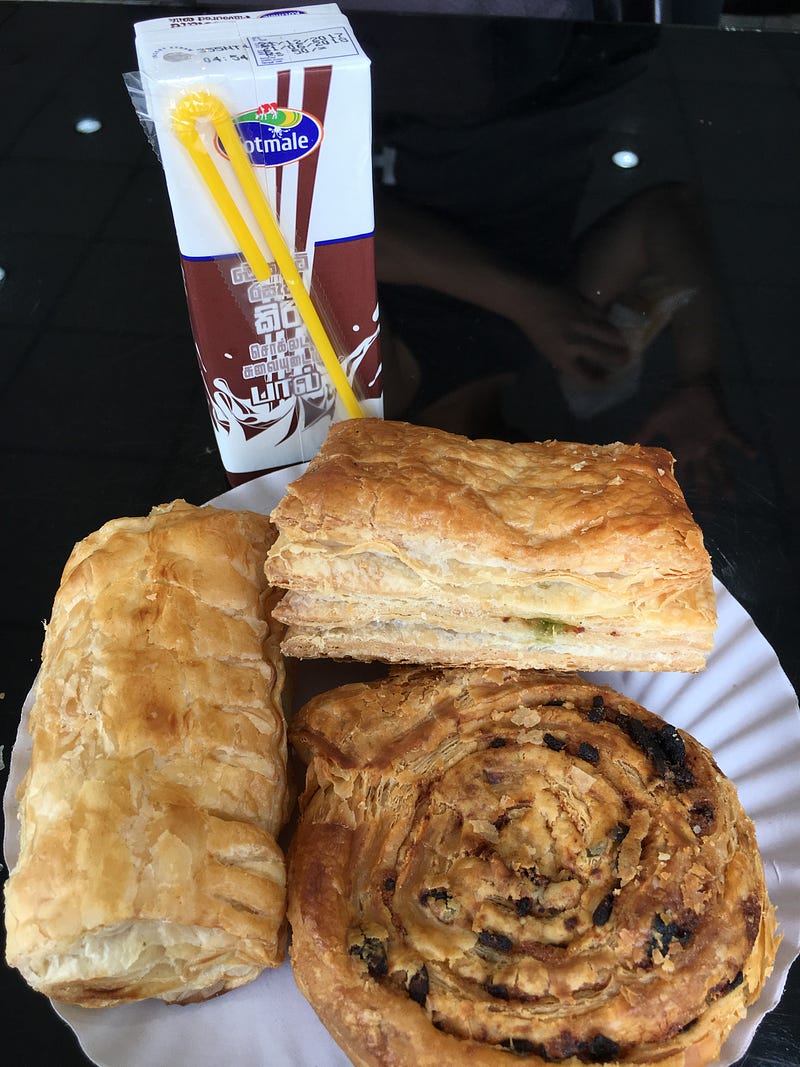
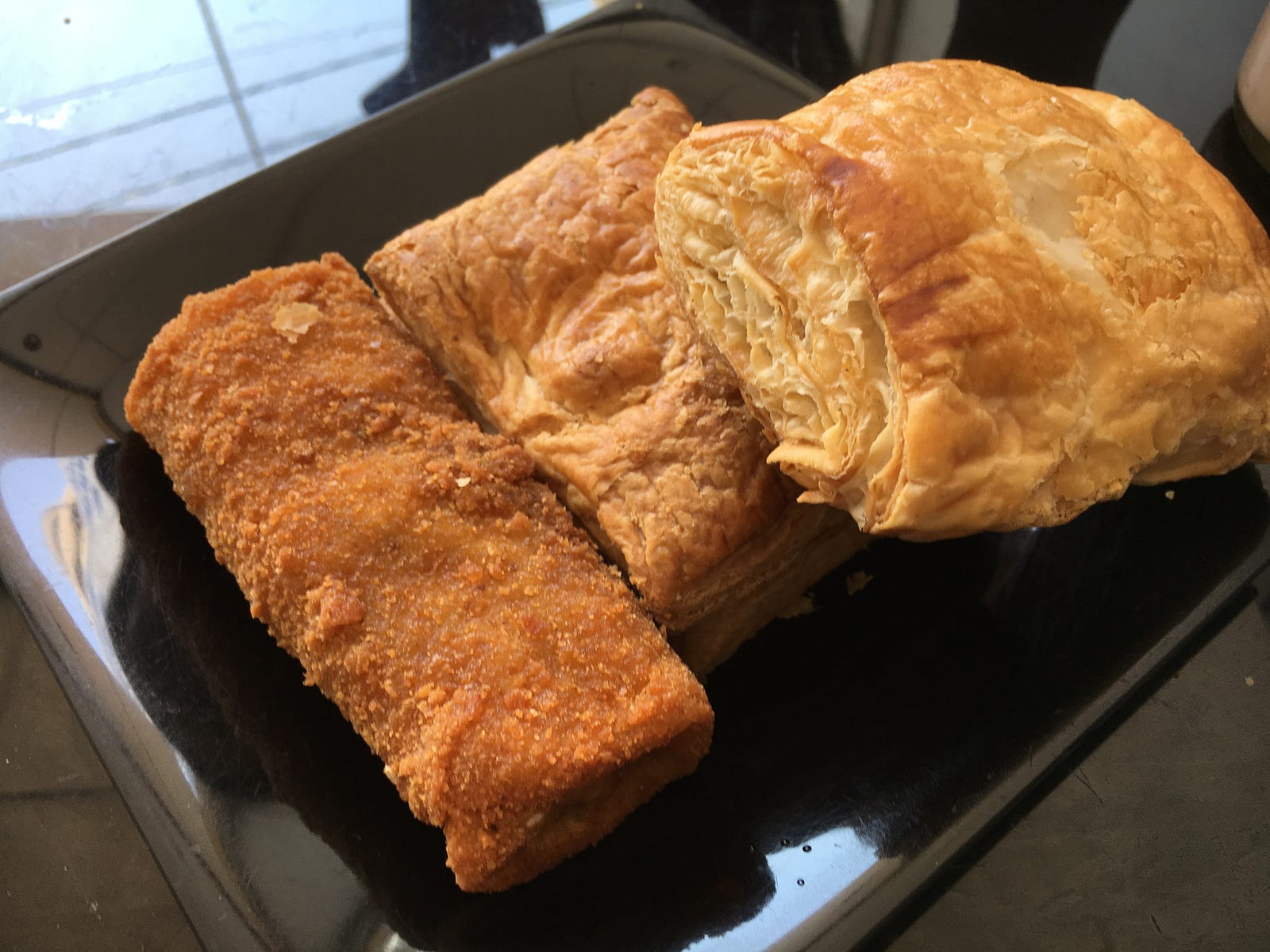
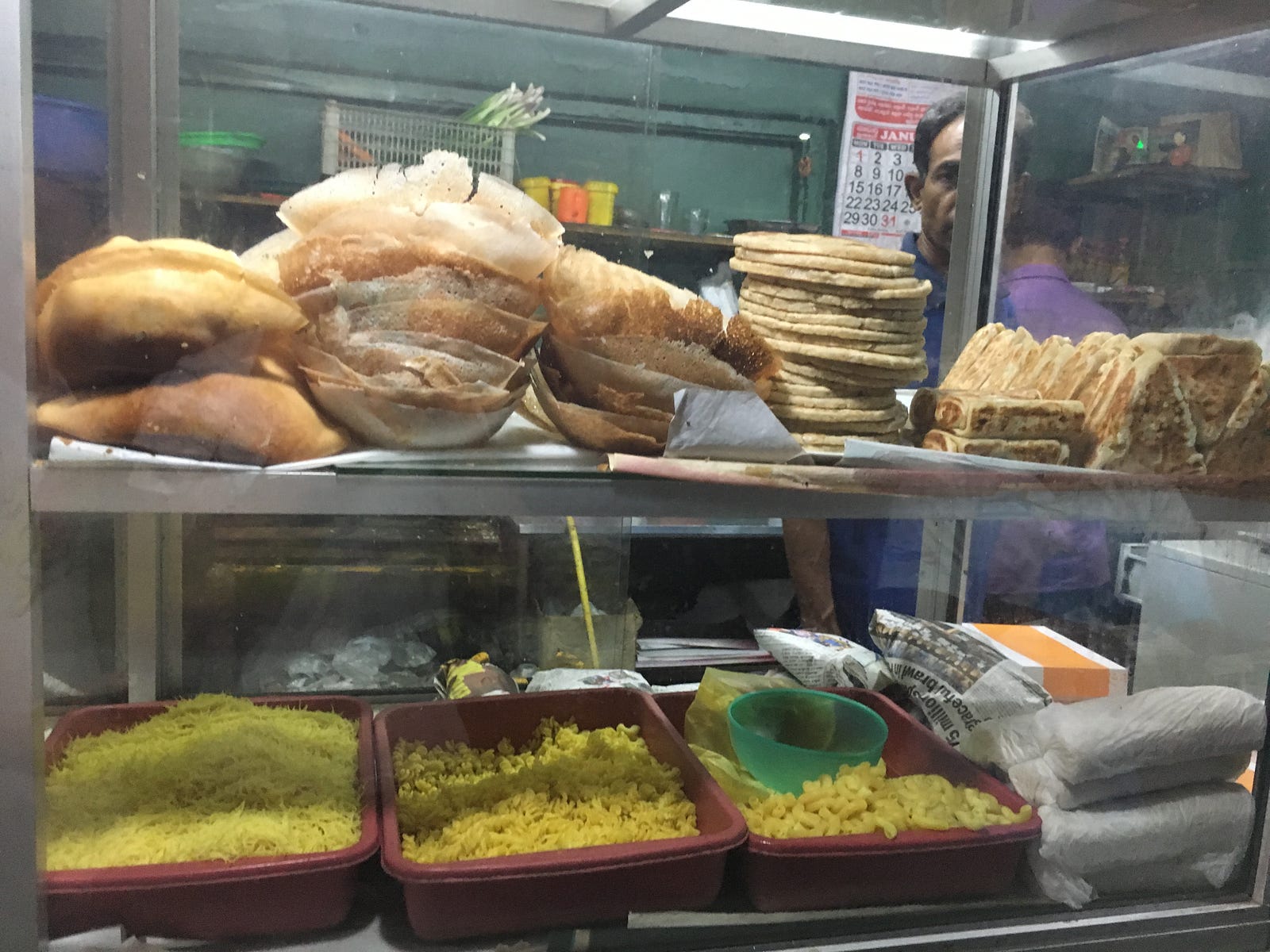

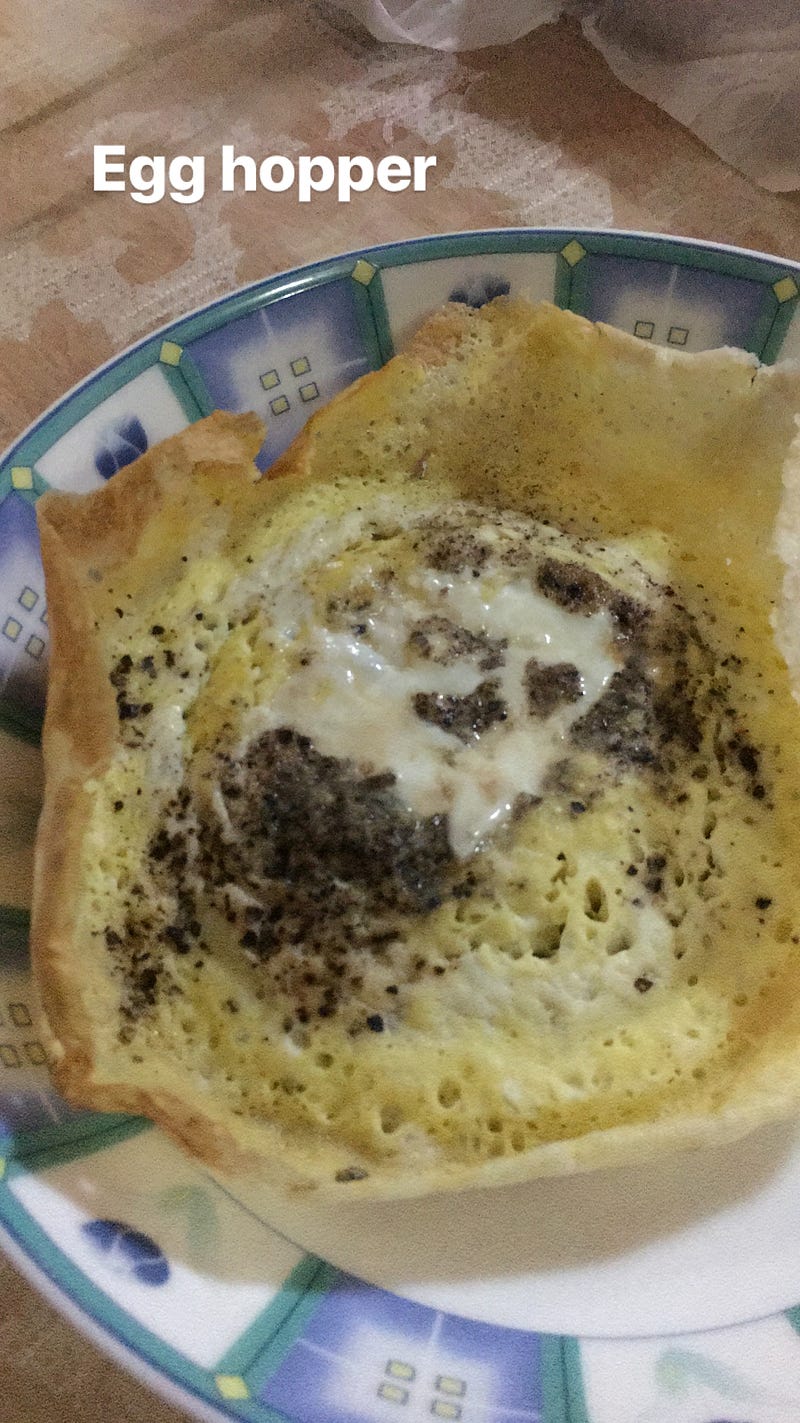
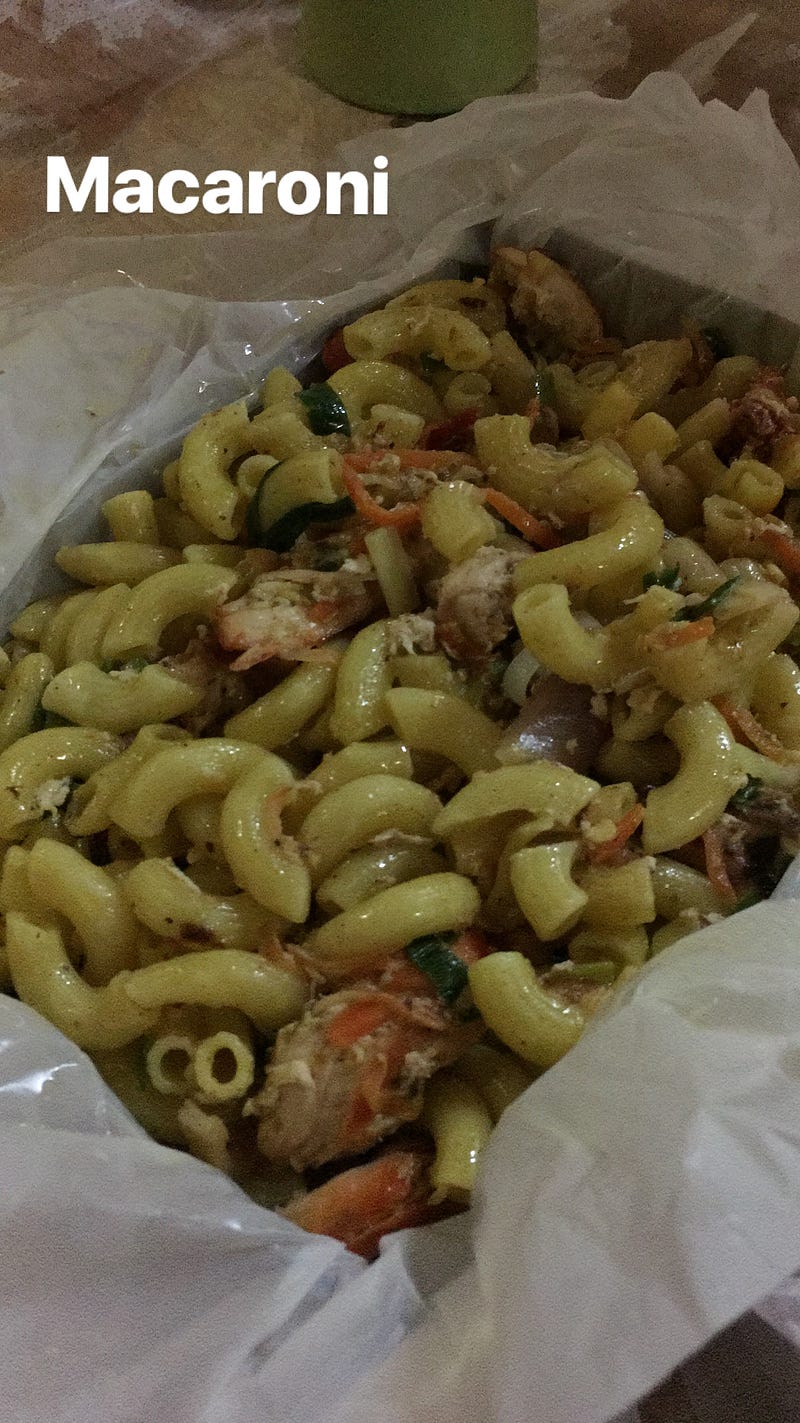
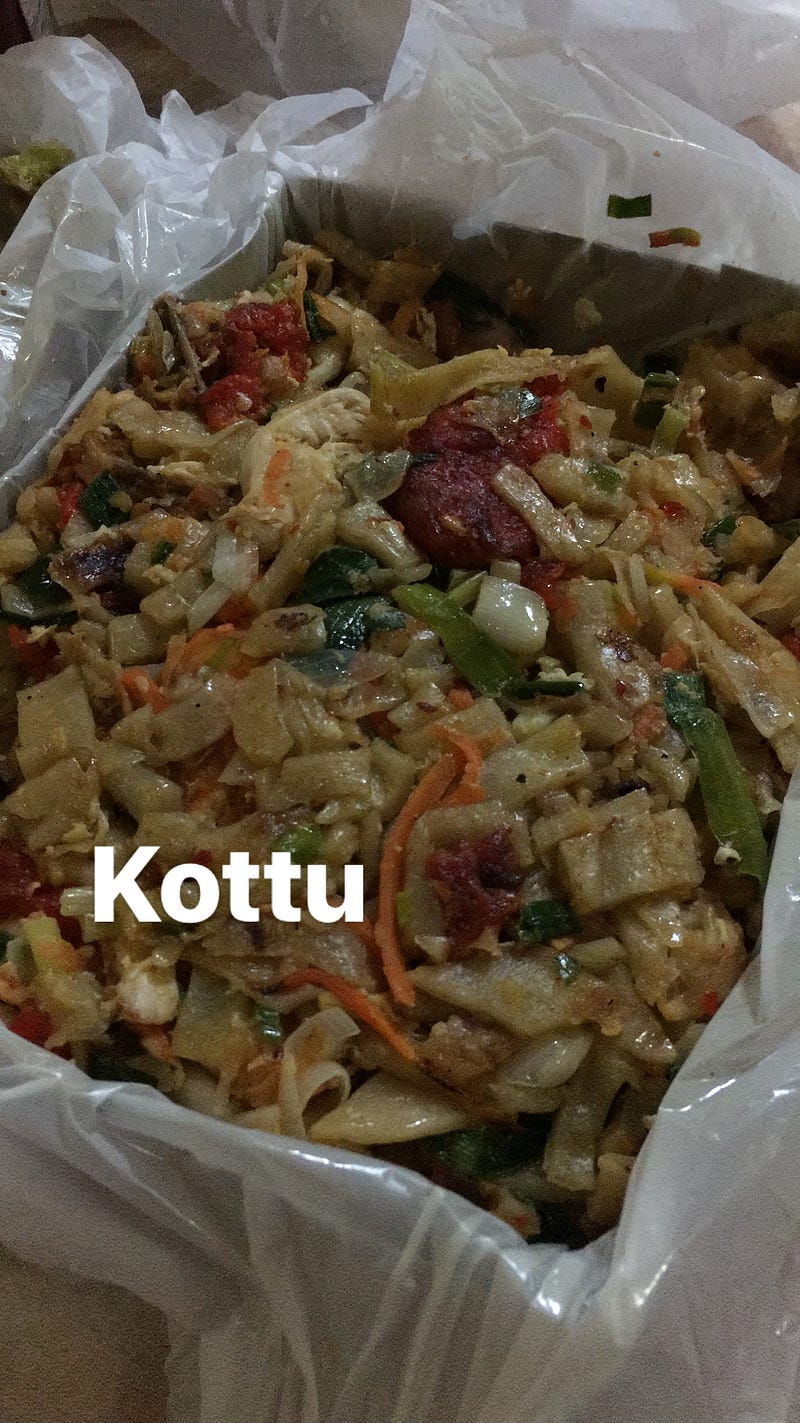
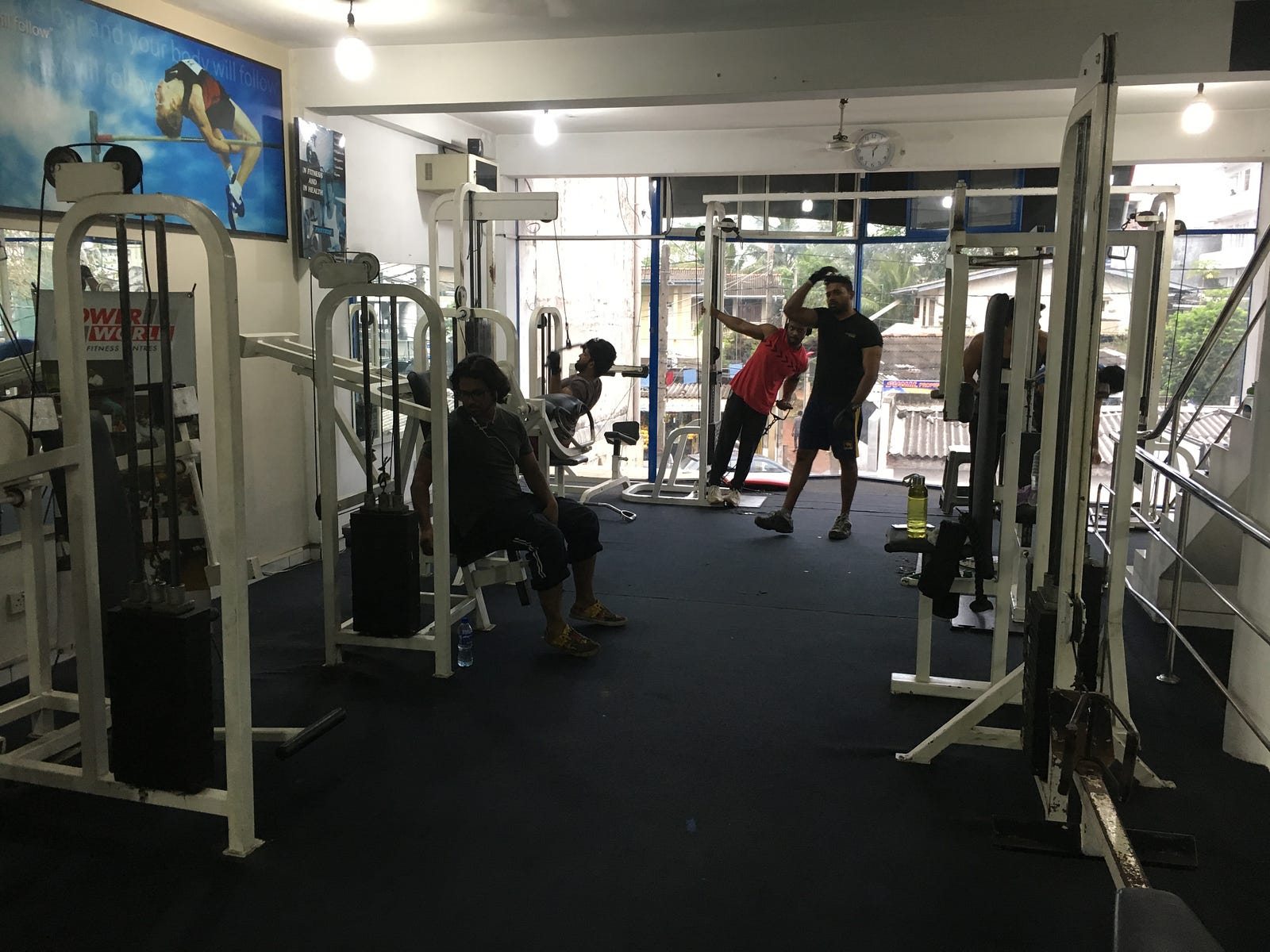
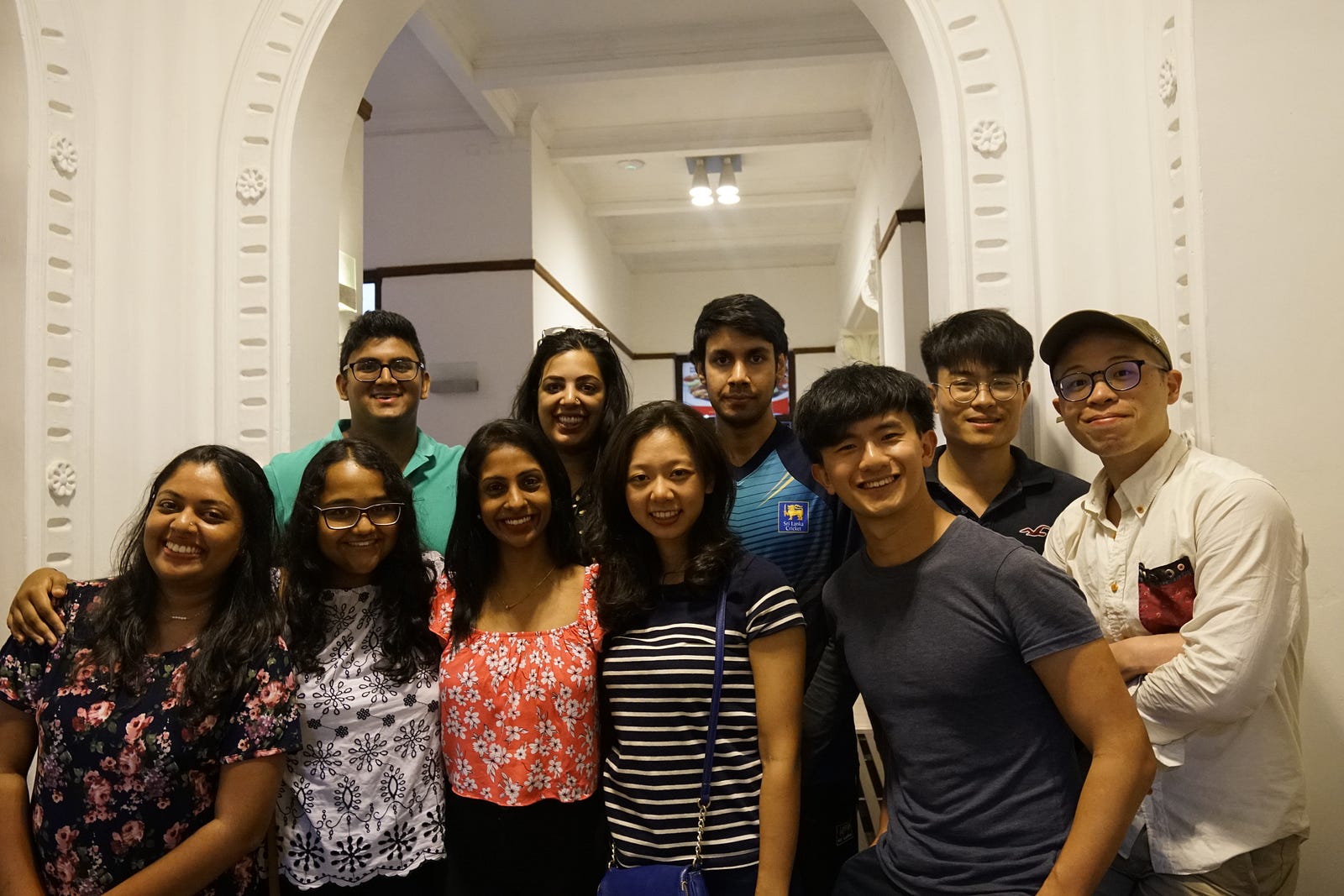
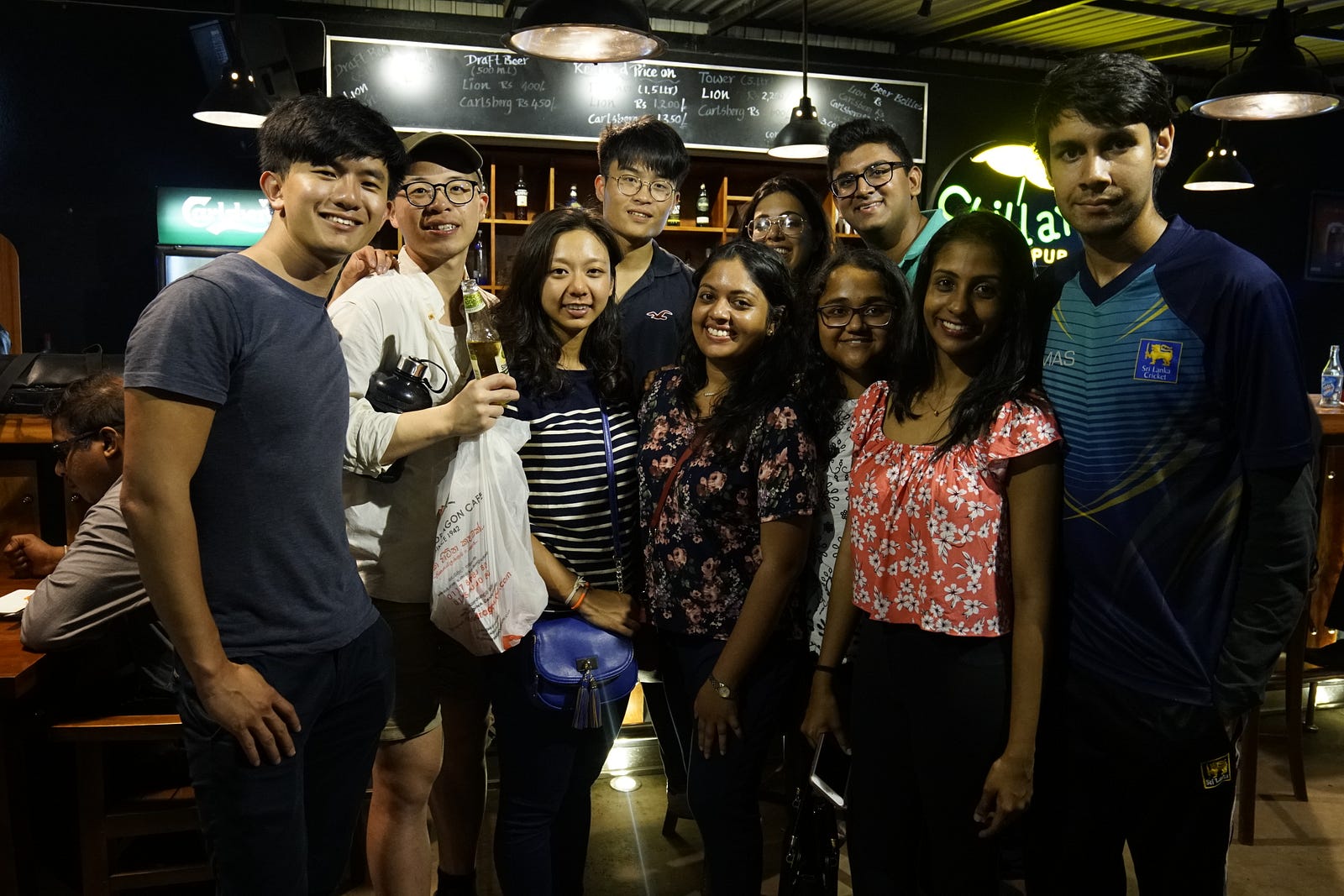
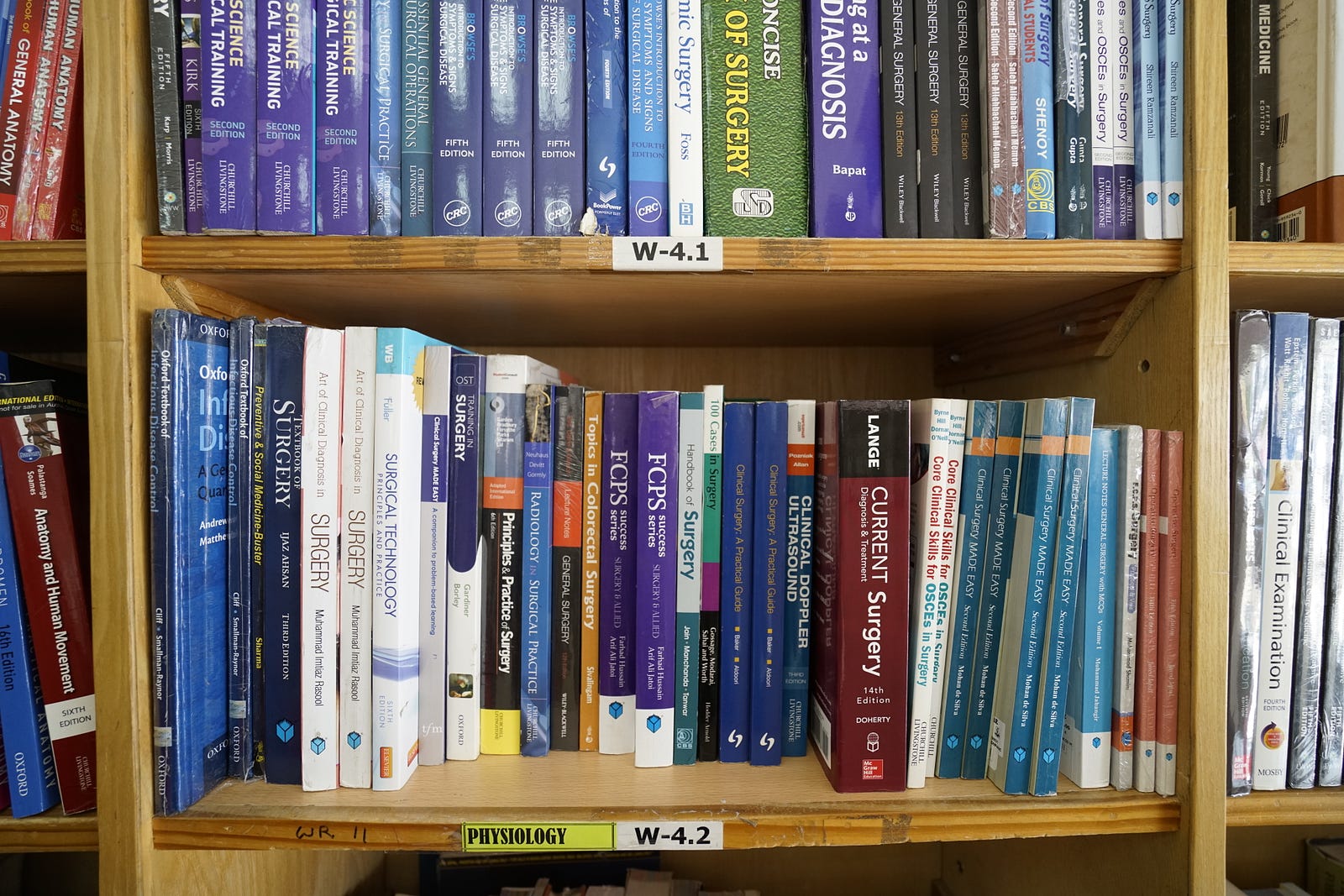



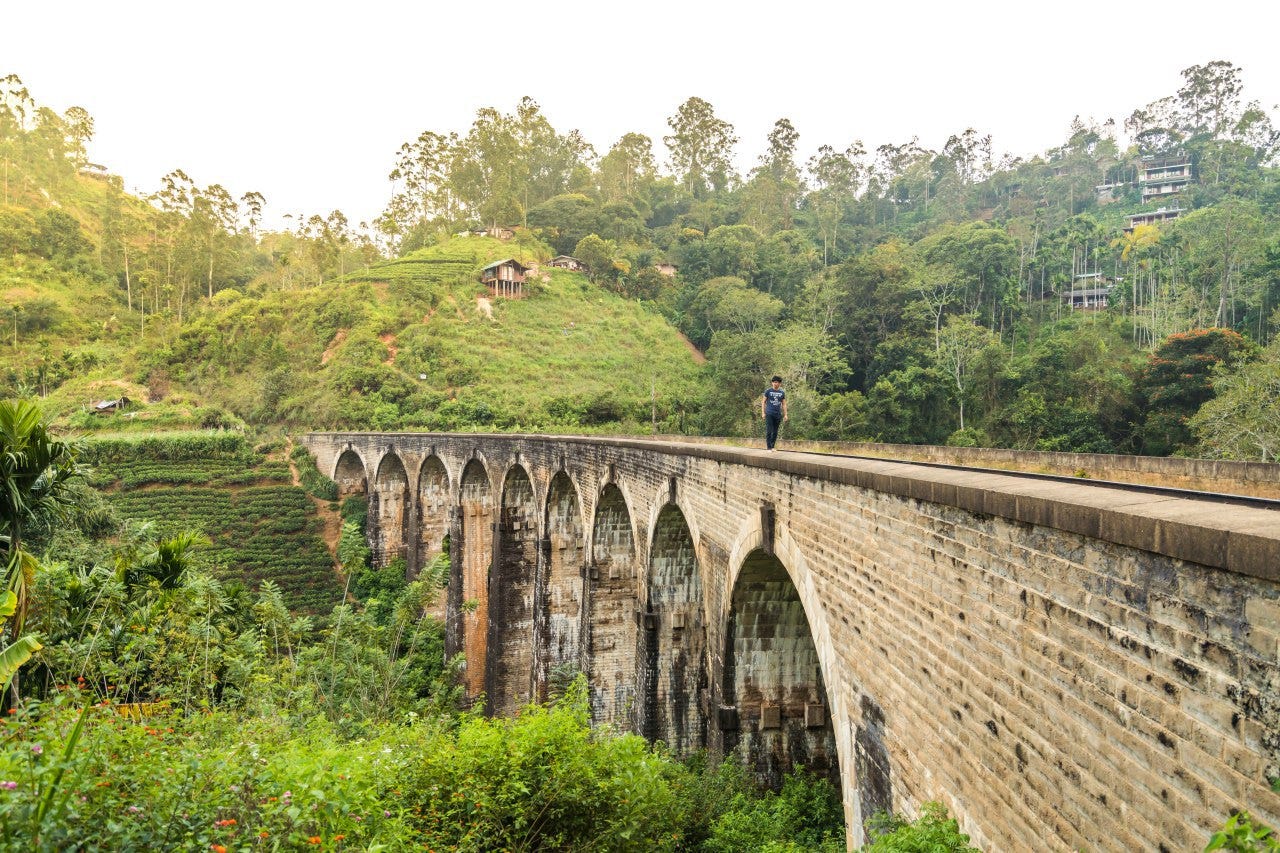

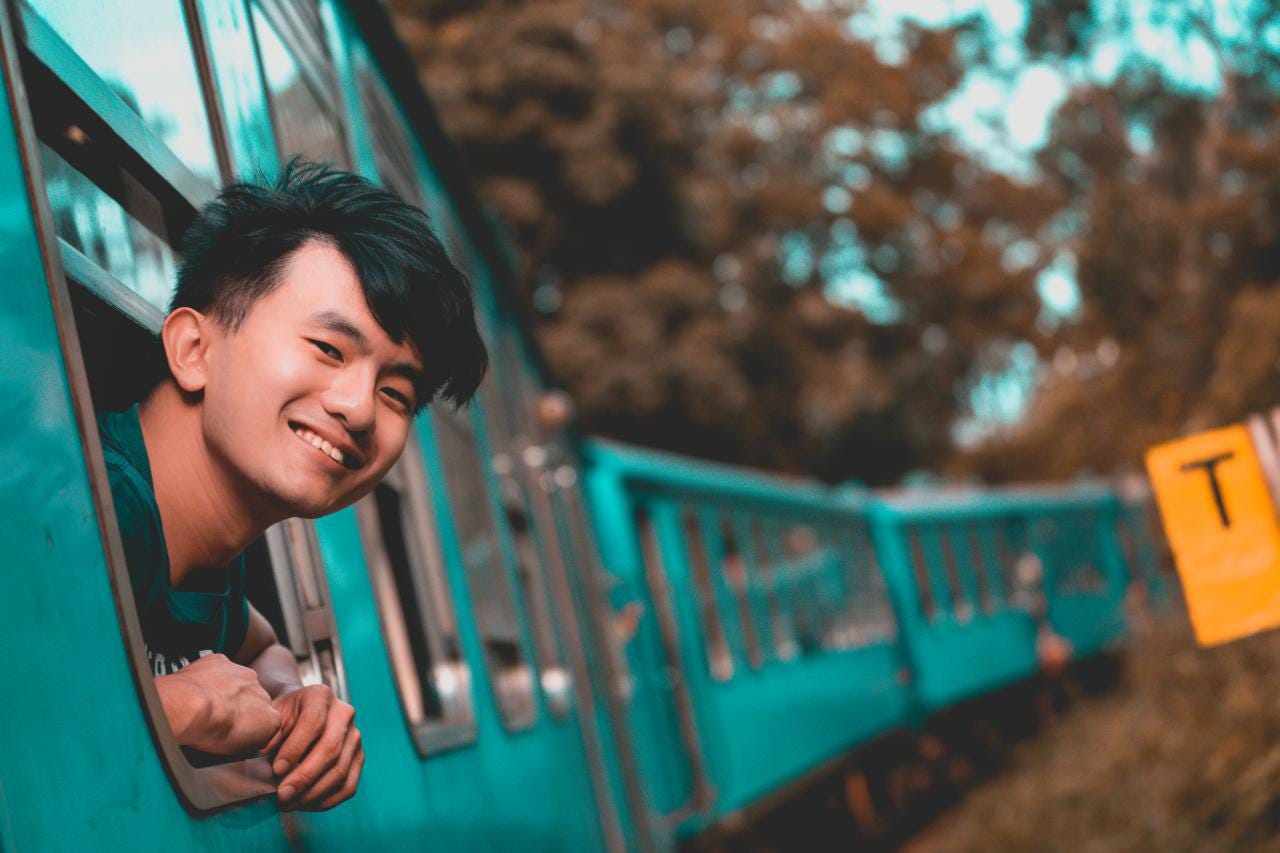



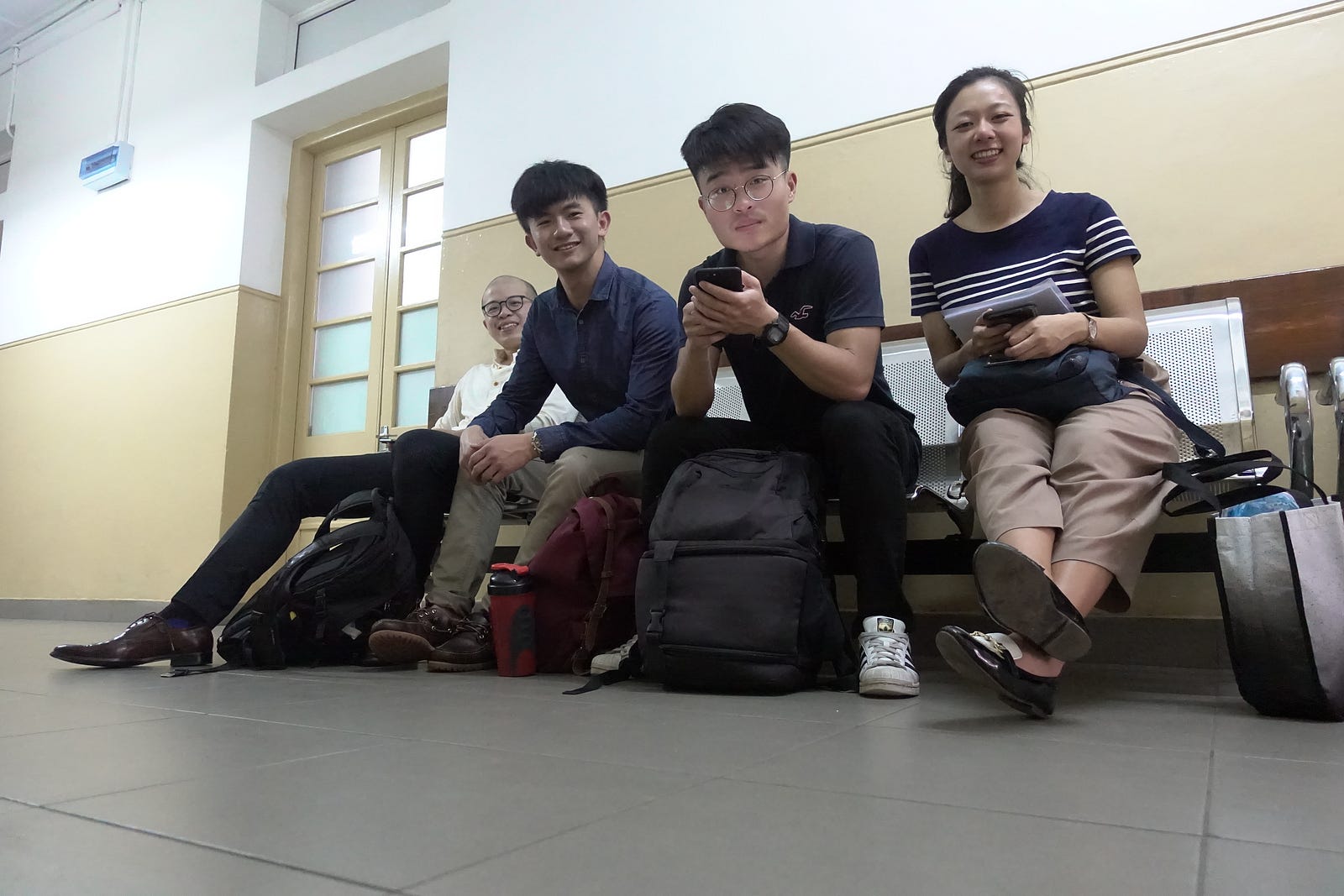

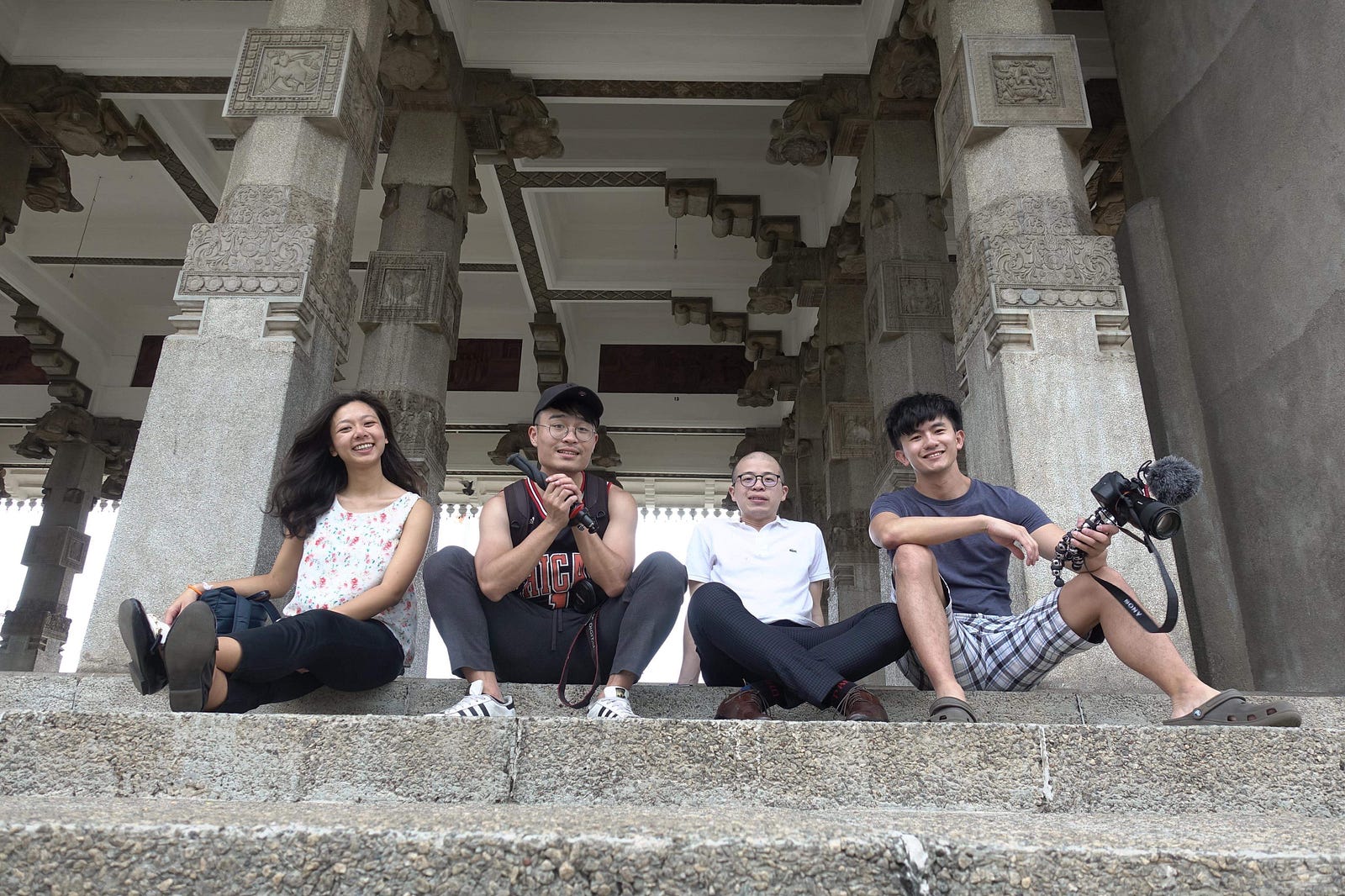
![[伊朗] 曾幫助我的伊朗人](https://blogger.googleusercontent.com/img/b/R29vZ2xl/AVvXsEiIKyC8bfvBdbck7VyFZwcw8NgbONKox-I1IeD2nVxqnYA2TR4ajaMdqjFvo_ku7zPTjxmaeT_u8qhNkWItT3RVRGZYeGfMX-7aTgZtBdQfYGTbLU6AMJu2yppHSqp1bxkrOl2qcSPccOhg/s72-c/IMG_2451.JPG)
![[玻利維亞] 2016.08.14 Uyuni 天空之鏡](https://blogger.googleusercontent.com/img/b/R29vZ2xl/AVvXsEg3jrSIlfuYNUTanZGLVJCQrZgeghTV3VvrwTCAqJkmJzoBwn16J77u_2OYLOlz0vNXOdhzLTnvlbVWyCJ1aPGHg9aJjrIBsWcTPtHUBmUlEBJFsIBRaB4yMAxZEKee55JnTETfJUNYI-_M/s72-c/IMG_0684-2-HDR-4.JPG)
![[印度] 非去不可. 印度](https://blogger.googleusercontent.com/img/b/R29vZ2xl/AVvXsEhdTYvxBKAyZajRg-k_O0CpKu-L5nPrlcQL6y8kHx2lLKT2ujrzHfELser2BRmItSc-BH5fsZvle9vr4KsLWKkwzDua-Zda61dLKcaZvbYp3EzLnWQ3rqLrAcBh0HPO1pCXqfQGAc2O0UCZ/s72-c/IMG_4167-2.JPG)

0 意見